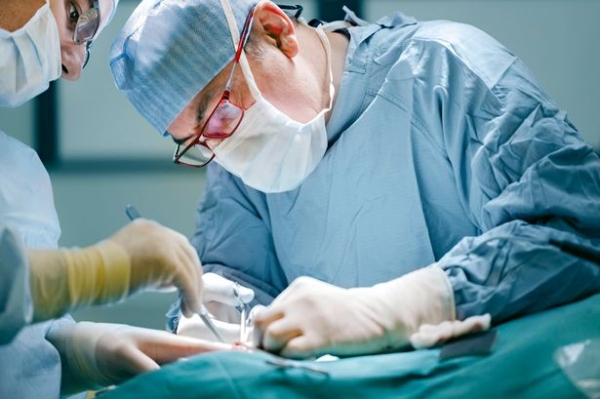

100 Common Surgical Instruments and Tools With Names, Uses, Pictures
Surgical Instruments: The 100 Most Common Tools and Equipment
Think you know all the major players in the game of surgery? Doctors? Patients? Do not forget the tools! What would surgery be, after all, without the varied and precise apparatuses necessary to execute exploration, healing and change within the body?
In 1500 BC, Egyptians uncapped great medical knowledge and made a name as some of the first surgical experts, using tools such as clamps, probes, saws, forceps, and scissors– some of the same surgery instruments we use today. Luckily, in this day and age our gadgets are as advanced as they have ever been, leaving surgeries with high success rates and diminishing recovery times.
So what exactly are the surgical tools involved? What do they do? Where did they originate? How are they similar? How are they unique? What’s with all the questions? Are you smarter than a surgeon? Test your knowledge with our list of top 100 surgical OT instruments with their uses and pictures.
#3 Knife Handle – Most commonly used to hold the #10 blade, this trusty handle can also work hand in hand with the #11, #12, and #15 blade.
#7 Knife Handle – Similar to the #3 knife handle, the #7 knife handle typically holds the #15 blade, but will work just fine with the #10, #11, or #12. When used in conjunction with the #15 blade, the medical duo is used to cut deep, delicate tissue
#10 Blade – This blade is a classic with its traditional blade shape and curved edge, perfect for making small incisions in skin and muscle, and is commonly used in in coronary artery bypass operations, thoracic surgery, and repair of the inguinal hernia. Paired typically with the #3 handle, what is also known as the inside knife is used to cut superficial tissue.
#11 Blade – This blade is an elongated triangular blade with a sharp hypotenuse edge and a pointed tip perfect for precise stab incisions.
#15 Blade – Similar to the #10 blade, the #15 is ideal for short and precise incisions. It differs mainly in size, being slightly smaller than the #10.
90 Degree Dural Elevator – As the name suggests, the 90 Degree Dural Elevator is comprised of a straight handle with a 90 degree angle at the tip. This seemingly simple tool is a key player in craniotomy– the removal of part of the skull bone encompassing the brain.
Cobb Elevator – With more rounded edges than the 90 degree dural elevator, the cobb elevator is used mainly to cut and dissect when working on paraspinous muscles and removing periosteum, a thick layer of tissue that covers bones at surfaces of joints.
Freer Elevator – On one end, find a blunt tear-drop tip. On the other end, a sharp tear-drop tip. Which will be used most? Depends on the procedure, most commonly used for orthopedic and neurosurgical operations to debulk and lift in conjunction with other instruments in the classic stainless steel, of course.
Adson Bipolar Forceps – Ah, the first of our many forceps. Yes, forceps come in many different shapes, names, sizes and specific uses, although not without differences. Adson forceps, just like most forceps, are similar to tweezers made of stainless steel meant to hold onto something else that is hard to hold onto alone– another tool or tissue that may be small or slippery. The Adson bipolar forceps in particular, with their small and tight built, are constructed to allow for more control during the surgical process.
Adson Brown Forceps – Adson Brown forceps differ with their short jaws and narrow tips, used to pick up delicate tissue. These teeth are not meant to bite but rather hold tissue and cause as little damage or tear as possible, and are used most often in cosmetic and ENT surgery.
Backbiting Forceps – Backbiting forcep scissors, most often used for sinus surgery, have a giraffe-like long and slanted neck for easy access into the nasal cavity. Meant to go smoothly into the middle meatus, the thin and tapered shaft help in avoiding disruption to the middle turbinates during operations.
Babcock Forceps – These big friendly giants are not out to pinch. With identifiable loop blades, their job is to hold intestine and tissue without causing damage. More gentle than the Allis forceps, this gizmo excels in holding onto tube-shaped structures commonly seen in intestinal and laparotomy procedures. The jaws are circumferential and non-perforating. Made to be used in laser procedures, these tools can be coated in non-reflective black polymer coating, which reduces laser reflection to protect patients and staff during surgeries.
Carmalt Forceps – Belonging to the family of hemostat forceps (tools used in surgery to control bleeding), these forceps feature grooves along the blades while the tips are cross-serrated. This thorough texture allows for a good grip on heavy tissue.
Alexander Periosteotome – This double sided tool is the ultimate two-in-one, with one end crafted into the shape of a mallet and the other into a rough chisel. This is a handy tool in removing tissue, typically in surgeries performed inside the chest.
Balfour Retractor – Don’t you hate pesky abdominals getting in the way? Now, they don’t have to. The Balfour retractor holds open abdominal incisions in place, allowing the surgeon to work on the area freely.
Deaver Retractor – With a similar purpose to the Balfour retractor, the Deaver retractor holds open incisions of abdomen and chest. Deaver retractors were developed with the intention to keep the organs inside the abdomen away from surgical apparatuses during the surgical process. In this instance, the curved edges are held by hand or in place by a clamp to allow more freedom for the surgeon to work. This tool is manual and available in various widths.
Alm Retractor – Used during general and orthopedic procedures, the Alm retractor holds small areas of the body with its 4×4 prongs which could be sharp or blunt, depending on the procedure.
Senn Retractor – This handheld gizmo, typically used in hand and foot surgeries, is a double ended retractor with one 90 degree angled end and the other end pronged, which can be sharp or dull. The use of this tool is dated back to the 10th century A.D., where it was described in Arab physician Abu al-Qasim al-Zahrawi’s medical encyclopedia, Kitab al-Tasrif.
Davis Mouth Gag – Used in oral and oropharyngeal surgery, this instrument is not so unlike the Balfour retractor, in that it holds open the muscles, allowing the surgeon the freedom to operate. Because this is a strong tool that keeps control of many delicate bones and muscles (isn’t the mouth fun?), caution must be taken when opening and moving the lips, teeth, and joints.
Allis Clamp – Don’t underestimate this instrument. Seemingly flimsy, this gadget has sharp teeth that allow a firm grasp on tissue, as it is often used in the process of tissue removal, or to grab on to tendons and fascia (a length of connective tissues, also known as fibrous tissues, found near nerves, blood vessels, bones, muscles, and other organs). In order to reach the site of operation, surgeons are able to travel around the fascia with the help of the Allis clamp. This forcep comes in a number of shapes and sizes and the surgeon will pick out the one most appropriate for the patient and the procedure. During gynecological procedures, for instance, the Allis clamp with the 4×5 teeth will commonly be used. This instrument will most likely be found made of high quality steel, as it is meant to be sterilized and reused.
Aortic Cross-Clamp – The aortic cross clamp (or simply: the cross clamp) is used mostly in cardiac surgery, where the cross-clamp is used to hold the aorta. This separates the heart from the body’s circulation, and is followed by cardioplegia, a state where the heart refrains from beating. These operations must be quickly performed or the doctor must take other precautions such as chilling the heart to preserve functionality and prevent damage. If oxygen does not reach tissue for a long period of time, damage can follow. Another risk is the possibility for patients to develop clots which could then lead to vein blockage or a stroke. These possibilities are caused by the clamping down of the cross clamp. However, releasing the clamp may cause trouble too, such as reperfusion injury, where a body part might be very suddenly flooded with blood flow, which may overload tissues. This tool is a key when it comes to procedures of and around the heart, but since the organs are so crucial and central to the operation of the entire body, it is important to take special care and have a cardiothoracic surgeon nearby.
Army-Navy Retractors – This retractor is handheld with broad blades, ideal for getting into and exposing large muscles, and is most often used in orthopedic and general surgeries. The double ended feature allows for one side (the longer side, a.k.a the “navy side”) to be inserted deeper into the wound. This manual tool is also known as the USA retractor and the US Army.
Bovie – Invented by William Bovie who contributed to the U.S medical community throughout his lifetime spanning between 1882-1958, the Bovie is an instrument used for electrosurgical dissection and hemostasis. Typically a noun describing the tool, “bovie” can also be used as a verb. For example, “to Bovie a blood vessel”, or to dissect or cauterized the blood vessel with the Bovie tool.
Cartilage Crusher – With a name worthy of a professional wrestling’s championship belt, the cartilage crusher does just what the name suggests–crushes cartilage. Used mostly in reconstruction and rhinoplasty, the tool is joined with a mallet and hit until the desired results are achieved.
Castroviejo needle holder – Commonly used in eye surgery, microsurgery, and suturing due to its ability to easily and precisely control the handles, the Castroviejo needle holder has connected handles and sometimes a lock in which the needle is held in place for optimal security.
DeBakey Atraumatic Multi-Purpose Clamp – Use this tool either as a hemostat in blood flow prevention, or as forceps to get a better grip on delicate tissues with its atraumatic teeth. The clamp is angled at 60 or 90 degrees.
Bone Curette – Have a bone to curette? Who doesn’t. Look no further than the one and only bone curette. With sharp edges and an easy grip handle, this small ice cream scoop shaped tip will take care of all your curetting needs.
Adson Cerebellar Retractor – Used in neurosurgical procedures, this handy dandy tool allows surgeons the best control when working with and retracting the cerebellum, a part of the brain located in the back of the skull that connects to muscular activity. When working on this sensitive part of the body, nobody has the time or the arm strength to hold this tool and more. Luckily, it has a locking feature that allows the ring handles to keep their position so surgeons can do it all.
Cottle Angular Scissors – Did someone sit on these scissors? No. Cottle angular scissors are designed with a dent in the handle to reach mucosal tissue in the nose and may be used to remove the cartilaginous hump. Also known as turbinate scissors or posterior scissors, these blunt blades come in small and medium sizes.
Desmarres Retractors – With a curved tip like a flower, the Desmarres retractor is designed to hook beneath the eyelid and is used during intravitreal injections of the eye, which has become a rather common procedure in the United States. Before the tool is used, the patient will be asked to look downward, and the instrument will be inserted under the upper lid, when the doctor will retract the eyelid back to expose the site of injection.
Doyan Rib Rasp – With a long neck, comfortable handle, and horizontal hook, the Doyen rib raspatory is designed for cardiothoracic surgeries. Suitable for righties, lefties, adult sized patients and smaller ones too, this silver fox has the ability to hold or scrape away at ribs.
Duval Clamp – Also known as the Pennington clamp after Australian surgeon David Geoffrey Pennington, this tool is used mainly to grasp tissue without causing damage most commonly in intestinal, rectal, and OB/GYN procedures.
Fogarty Clamp – The Fogarty clamp is not just another atraumatic tissue gripper. This clamp is surfaced with rubber-shod serrated blades that allow for an atraumatic grip on tissues and blood vessels. This rubber-shod is a disposable piece and should not be reused for different patients.
Frazier Suction Tube – Invented and named after Michael Frazier, this thin tool is used for suctioning out fluids from cavities in the most precise way. The shaft is made of flexible material, to allow for different and bendable positions during the procedure. If left undealt with, fluids and other materials may begin to build up and hinder the process of surgery. With the Frazier suction tube, the wound is able to stay dry and clear, as the adjustable tool refrains from interfering.
Gerald’s forceps – Used on delicate vessels during vascular surgery, the non-toothed Gerald’s forceps are best for optimal precision–just look at those tips. Often used in cardiothoracic procedures, this tissue grasper comes in light to intermediate weight, and a stop peg to assure that tissues are delicately handled.
Jorgenson Scissors – Used for getting deep into tissues, these snappers come with a long handle and a curved blade for procedures such as hysterectomies.
Bulldog Clamp – This versatile tool comes in a variety of shapes, sizes, and curvatures that allow surgeons to reach difficult and distant blood vessels. This tool’s unique structure prevents excessive bleeding in the area of the procedure. When the handles are squeezed, the clamp opens up, and when the pressure is released, the clamp shuts down, therefore preventing patients from losing blood. Bulldog clamps can range from 2.5 cm to 5 cm in length and can be straight or curved.
Israel Retractor – The Israel retractor may not solve problems in the middle east, but it will handle heavy tissue in orthopedic surgeries. The blades resemble a rake, and, like most retractors, this tool is used to retain edges on an incision, wound, organ, or tissue.
Iris Scissors – These fine scissors with a very sharp tip are delegated to ophthalmic surgery, but can most likely be found being used during other medical procedures and as a part of autopsy tool kits and more. In fact, they are so easy and fun to use that they have made a name for themselves even in the world of non medical practices such as crafts. Both closed and open shank versions are available on the market. The goal with these is to keep them as sharp as possible, which will make the craft or surgery process more precise. Those interested in using these scissors can find a pair suitable for the right or left hand, for optimal control. It is important to keep the moving parts oiled and those used for medical purposes must be sterilized with antiseptic soap and an autoclave, and stored in a safe place, possibly with the tips covered.
Mosquito Clamp – Think small. The mosquito clamp is typically found to be between 3 inches to 5 inches in length, and is considered to be one of the smaller hemostatic forceps. These clamps are one of many hemostatic forceps, and no, they are not used to catch mosquitos, but small blood vessels in order to control bleeding. Mosquito forceps, with their blunt grip, manage small blood vessels but are not set out to do any damage or trauma. Tips may be straight or curved, but regardless of the shape, these clamps, along with most hemostatic forceps, will most likely include a locking feature that will allow doctors to work with more liberty. These instruments will most likely be found in stainless steel or carbon steel, in which case they will be able to be reused after sterilization. In other cases, the tool may be found in disposable plastic, but will only be able to used once.
Kelly Clamp – The Kelly clamp, which is much more elongated, and also known as the Rochester Pean, is used to clamp larger vessels and tissue. Mosquito clamps are considered to be smaller and daintier types of Kelly forceps, which have the same function but aim at larger sized vessels and tissues during procedures. These too are typically made from stainless steel, or other forms of high quality steel, and should be sterilized in hot water and chemicals, if they are to be reused. They can also be found in reusable plastic but should only be used once in this form.
Burlisher Clamp – Can you tell the difference between this clamp and the others? Also known as the Adson forcep and the Schnidt tonsil forcep, this instrument is used to clamp deep blood vessels. The burlisher has two closed finger rings, and if they are found with an open finger ring, the tool would be known as a tonsil hemostat.
Tonsil Hemostats – Similar to the burlisher clamp, which has two closed finger rings, the tonsil hemostat has open finger rings and a catch for locking the blades. These forceps are able to control hemorrhage by getting a grip on the end of blood vessels. Used both in general surgery as well as neurosurgery, these forceps are typically found at a length of seven to nine inches, formed completely with stainless steel. The goal for a surgeon is to perform an operation with little to no tissue damage, in which case the tonsil hemostat forcep is the perfect tool, as the two finger rings make handling the instrument an easy task. In tonsil related operations, the tool is used to remove affected pieces when necessary.
Right Angle Forceps – You guessed it. This tool features a right angle to reach vessels that are out of the way and to place sutures in particular places in relation to vessels.
Hurd Dissector – This two-faced tool, also known as the Hurd tonsil dissector and Pillar retractor is a double ended tool used in oral procedures and tonsillectomies. One side has a retractor lip end, while the other side is a sharp and rounded end for dissecting.
Hoke Osteotome – This tool is used during neurosurgery and has a straight and sturdy handle, a dip found three quarters of the way through, and a flat blade perfect for cutting bone and preparing to cut bone. Ranging from 3.0 mm to 16.0 mm, curved or straight, this is a versatile instrument that can reshape bony areas or even cut through skull.
Yankauer Suction Tip – Created in 1907 by American doctor Sidney Yankauer, this firm but bendable plastic oral suction tool is used to remove secretions. Watch the blood slide down the lightly tinted blue tube.
Facelift Scissors – In the process of facelift procedures, facelift scissors work to separate the face’s overlying skin from the muscles and tissue. This procedure is typically accompanied with sutures. The loose facial and neck skin is then pulled back.
Ballantine Clamp – Who do you call when you need to clamp and sever a tough ligament from both sides of the uterus? Anyone with a Heaney-Ballentine clamp, of course. This tool falls under the category of heavy clamps, as it has a rigid shaft and vertical serrations that can crush parametrial and paracervical tissue during hysterectomies, for instance.
Heaney Needle Holder – Another tool you might see in a hysterectomy, along with dilation and curettage, the Heaney needle holder uses ratcheted blades for medium weight suturing. This holder can just as well be used as a cardiovascular approximation and closure instrument.
Heaney-Simon Vaginal Retractor – This peculiarly shaped instrument has a grooved handle that controls a smooth flat blade that curves up into a right angle. Vaginal retractors such as the Heaney-Simon retractor or the Miyazaki retractor, which both fall under the category of vaginal handheld retractors, can be used in the deep pelvic surgery and are made comfortable for handling.
Hemoclip Applier – This tool can be used in any surgery and is more commonly seen in vascular surgery to gain hemostasis, the stopping of blood flow, with the use of a hemoclip. The tool should not be squeezed with the hemoclip until the desired vessel is prepared and in the correct position.
Henley Retractor – Perfect for cardiothoracic procedures, this tool that (let’s be honest) looks a bit like a contraption of some sort, is actually designed for optimal efficiency, allowing surgeons to manipulate the positionality.
Hoen Elevator –Used for neurosurgical procedures, this tool is used to move mainly soft tissue and bone if necessary. Coming in different sizes, the Hoen elevator also features a somewhat sharp edge if dissection is on the table.
Javid Carotid Clamp –Have an artery that needs clamping during a cardiothoracic surgery? The Javid carotid clamp, a.k.a Javid carotid artery clamp, is the tool for you. When brought together, the two sides are perfect for clamping around an artery.
Knight Scissors – Talk about a knight in shining armor, these Knight scissors are typically made with tungsten carbide inlays, one side matching a standard blade and the other one featuring micro-serrations. Often used for rhinoplasties, these scissors fit nicely into the nasal cavities.
Kocher Clamp – This hemostat has interlocking tip teeth that are used to grab bone or fascia. Emil Theodor Kocher, inventor of the Kocher clamp in 1822, used the instrument to prevent blood loss during surgery. The Swiss surgeon was awarded a Nobel Prize in 1909 for his contributions. These forceps may be straight or curved and has a tooth at the end of one blade and a groove in the other for optimal blood prevention and tissue slippage.
K-Wire Cutter – This handy dandy tool can be used all over the place, but is designed to cut wire in a perpendicular fashion. Derived from Martin Kirschner, who introduced the Kirschner wire in 1909, K-wires are used for fixation during operations. These wires may pass through skin and into bone.
Trocar – A trocar is an instrument with a three sided cutting point enclosed in a tube which gives access to the abdominal cavity during a laparoscopic operation. It is made up of three main parts which include the cannula, the seal, and the obturator. The cannula is a shaft that allows access into the patient’s abdominal cavity. The seal is on top of the cannula and allows instruments to pass through without letting air escape. Finally, the obturator allows the cannula to penetrate the abdomen. This procedure is usually made with several small incisions into a patient’s abdomen with the assistance of a camera. Following the incisions, trocars are placed inside and passed through.
Littler Scissors – Are these scissors littler than yours? It’s not a competition! A hole in the blade allows suture material to be passed and carried. Fine tissue may also be dissected with these finger ring scissors.
Mayo-Hegar Needle Holder – Number sixty three (on our list) but certainly not least, this versatile tool comes in different sizes and is one of the most popular surgical instruments, as seen in oral, gynecological, bariatric, and dermatological procedures.
Metzenbaum Scissors – Designed by American surgeon Myron Firth Metzenbaum, these cutters are most commonly used in organ and heart operations, as the long shanks are ideal for cutting delicate tissue and performing blunt dissections.
Nasal Rasp – In the case where a patient is experiencing problems with breathing, a nasal rasp has the ability to scrape out foreign bodies or other sources of discomfort during a rhinoplasty.
Nasal Speculum – Did you know “speculum” is the Latin word for mirror? Although probably not the best tool for seeing your own reflection, the nasal speculum acts to spread the nostrils, so that the inside can be more easily seen, examined, and worked on.
Nerve Hook – No hook for a captain, but a fine one for a surgeon, the nerve hook is meant for neurosurgical procedures that call for movement or retraction of nerves and soft tissues. With no sharp edges, this is not a tool out to do any damage.
Penfield #1 – Manipulate tissue, scoop small bone, or dissect with the tip. The bottom is curved and only semi-sharp.
Penfield #2 – Very similar to the penfield #3, the penfield #2 has a curved but more straight edged tip. The bottoms look almost identical, and can both be used to press bone wax into bleeding bone.
Penfield #3 – As stated above, this instrument is hard to differentiate from its former tool, the penfield #2. Remember that this one has a more rounded tip.
Penfield #4 – Used in general surgery, neurosurgery, and more, this gentle tool is used for poking or moving tissue, and acts as an extension of your finger, allowing a fuller understanding of which tissue is being touched.
Perforating Towel Clamp – If only your hands could do all the work. Luckily, the non offensive and non penetrating towel clamps are here to hold your towels, instruments, tissues, and just give you a hand.
Poole Suction – After irrigating the abdominal cavity, use this tool to suck up fluid. The instrument’s design allows this function to be conducted without getting clogged.
Potts Scissors – These elongated finger ring scissors with a sixty to ninety degree angle are great for trimming and opening vessels in procedures around the chest.
Putti Rasp – This double ended shovel shaped instrument is a bone rasp with curved, pointed rasp surfaces at both ends. It is ideal for procedures that include gentle bone reshaping, found in neurosurgical or orthopedic surgeries. It has a narrow and sleek design that allows this tool to be fit into small spaces while affecting bone or tissue from a number of angles.
Ragnell Retractor – This tool too is a double ended double bladed piece, falling under the retractor family. Commonly used in orthopedic operations, this instrument can be used to lift parts that hold down organs or tissues.
Rat Tooth Forceps – A rat tooth suggests the intermeshing of tips on surgical instruments when they are brought together. This texture allows a good hold on tissue or other items while not causing too much damage.
Rib Approximator – This device may look intimidating but it won’t bite, it will only bring your ribs back to closure after a thoracotomy wound. A large dial moves the claws, and holds tight throughout the procedure.
Sauerbruch Rongeur – Did you know the word “rongeur” is a french word meaning rodent? This rodent tool has the strength to open bone and is often used in neurosurgery, podiatric surgery, and orthopedic surgery to open up the areas that are to be operated on. This rongeur is destiquishible by the square jaw and comfortable grip. It is a stainless steel tool.
Scapula Retractor – Did a monster crush this spatula? No, the design is intentional, as each part of this angled tool serves a significant purpose. Beginning with the ribbed handle, gripping is made comfortable and secure. The bent blade gives a stable hold, which donates secured access to the work area, and the slots in the blades serve to minimize stress on the bone.
Senn Retractor – This is not the dinner table and that surgical instrument is certainly not a fork. The Senn retractor is used to hold back surface tissue with sharp but blunt prongs. At the other end, find an angled, blunt end.
Sickle Knife – Used in procedures such as tonsillectomies and adenoidectomies, this tool can cut the mucosa and submucosa which can aid in elevation in tonsillectomy and adenoidectomy procedures. The tip which is found to be blunt is designed to cause as little damage to surrounding tissue as possible.
Sims Retractor – This tool is used in vaginal procedures to retract the anterior wall and expose the posterior wall by dilating the vagina. This gives the gynecologist a clear view of the body cavity so that he or she may understand what is happening and what to do next. When it comes to gynecological instruments, plastic materials are common, as they may only be used once. However, the sims retractor also comes available in stainless steel, in which case they must be sterilized after every use. These tools come in a variety of sizes to fit each patient appropriately.
Frontal Sinus Curette – This curette allows for exploration and scraping of tissue in the nasal cavity. According to Diseases of the Sinuses: Diagnosis and Management, Part 611 by David W. Kennedy, William E. Bolger, and S. James Zinreich, the 90 degree frontal sinus curette operates by being “inserted above the roof of the agger nasi cell. The curette is then pulled anteriorly breaking down the posterior and superior agger nasi cell walls.”
Sinus Probe – Used in sinus procedures, the sinus probe works to widen the gateway to the sinus areas.
Sinus Scissors – Used in endoscopic sinus surgery, sinus scissors feature a cutting blade and a long shaft which is perfect for getting into the sinus passway and removing tissue as needed.
Sponge Forceps – These forceps are used in nearly all procedures to hold sponges or swabs. With ratcheted handles, these forceps may be found straight or curved to get a better sight of the procedure, work properly, and get the job done.
Spring Retractor – This funky noodle shaped tool belongs to the retractor family, and it is ready to hold back skin with its penetrating tips. Width is adjustable at the end of the tool, and the ratchet holds the position until further adjusted.
Takahashi Forceps – If you are in need of soft tissue, bony fragment, or cartilage removal, the Takahashi Forceps are a great tool to turn to.
Tendon Passer – This tool acts to deliver tendons– flexible connective tissue that keeps muscle and bone together. In the case of hand repair regarding tendons, tendon passers may guide the tendon through the lumbrical canal and guide other areas with the tendon. This instrument is a fine leader, as it can guide and explore areas and work alongside a tendon probe for such operations.
Tenotomy Scissors – These delicate angels come in varying shapes and sizes including straight or curved, and blunt or sharp. Due to their form, they are a great resource in ophthalmic and neurosurgical procedures, as they are meant to perform more gentle procedures.
Tonsil Snare – A part of the tonsillectomy set, the tonsil snare utilizes three finger rings that allow the operator to remove the dissected tonsil by controlling a wire loop at the opposite end of the instrument.
Uterine Sound – The function of this instrument is to determine dilation levels in a uterus, encourage dilation, understand the length and direction of the cervical canal and uterus by probing the uterus through the cervix.
Vein Retractor – This petal shaped retractor can be used in a number of procedures and for a variety of body parts from retracting mouth muscles in dentistry to ribs and tissues in general surgery. For delicate procedures such as neurosurgery in which damage to tissues must be avoided, the vein retractor is the ideal tool to push and pull with a gentle touch.
Nasal Foreign Body Hook – As the name reveals, this tool is used to remove foreign bodies from the nose. Who knows what you can find up there? According to Medscape, nasal foreign bodies, also known as NFBs are not uncommon in the emergency department setting. Although the obstruction of the nasal cavity may not seem too serious, mucosal damage can lead to severe irritation or disruption of the airway. The most common place to find nasal foreign bodies are near the front of the middle turbinate or below the inferior turbinate. The most commonly found foreign body is jewelry beads.
Webster Needle Holder – These finger ring holders, commonly seen in plastic surgery and other procedures, secure small needles and suture material with their smooth or serrated jaws.
Weighted Vaginal Speculum – The weighted vaginal speculum, particularly the auvard weighted vaginal speculum is the most commonly used of the types of vaginal speculum when it comes to gynecological instruments. This one holds the vaginal canal open during the procedure in order to conduct pelvic exams. With the auvard weighted vaginal speculum, the weight has the ability to become separated. Another included feature is the blade which helps to keep the vagina open. When the patient is ready with her knees bent and feet in stirrups, the speculum should be inserted while it is closed, and only opened once inside to allow a clear view of the cervix. These instruments can be found in stainless steel so that they may be sterilized and used again or disposable plastic for a singular use.
Ribbon Retractor – This seemingly simple tool is able to retract deep wounds. This tool is considered to be manual, as adjustment is made manually, and will not hold the position. This malleable retractor can be bent to various shapes.
Westcott Scissors – Connected at the tip and shaped like an eye, these scissors (also known as spring scissors) are appropriately designed for ophthalmic operations, as they best handle delicate tissues. Keep precision accurate by refraining from cutting in quick motions, and completing cuts to the tips for the best incisions with most control.
Love Nerve Retractor – What’s not to love? With the love nerve retractor, surgeons may lift up and expose underlying organs and tissues that the procedure is intended for. It is used in general surgery, and, like almost all of our favorite surgical instruments, is made of stainless steel material to preserve its durability while maintaining sterilization and cleanliness.
References:
Lambert, Tim. (n.d). History of Surgery. Retrieved from http://www.localhistories.org/surgery.html
Andrew Wright. (2012, November 5). Using a #10 blade scalpel: Proper Technique. Retrieved from https://www.youtube.com/watch?v=jGndsmp1vqw
“Surgical Scalpel Blade No.10.” . Swann-Morton Ltd. N.p., n.d. Web. 07 Jan. 2016.
Andrew Wright. (2012, November 5). Using a #15 blade scalpel: Proper Technique. Retrieved from https://www.youtube.com/watch?v=Foiiu7wF9jE
“What Are the Different Uses of Forceps?” WiseGEEK. N.p., n.d. Web. 07 Jan. 2016.
“Merit Adson-Brown Tissue Forceps, 7×7 Teeth – 4-3/4″ – Tissue Forceps – Merit™ | Sklar Surgical Instruments.” Merit Adson-Brown Tissue Forceps, 7×7 Teeth – 4-3/4″ – Tissue Forceps – Merit™ | Sklar Surgical Instruments. N.p., n.d. Web. 07 Jan. 2016.
“Alexander Periosteotome.” Alexander Periosteotome. N.p., n.d. Web. 07 Jan. 2016.
“Backbiting Forceps.” MicroFrance for Sinus Surgery. N.p., 09 Jan. 2013. Web. 07 Jan. 2016. <http://www.medtronic.com/for-healthcare-professionals/products-therapies/ear-nose-throat/manual-ent-instruments/microfrance-ent-instruments-rhinology/backbiting-forceps/>.
“Army-Navy retractors.” Saunders Comprehensive Veterinary Dictionary, 3 ed.. 2007. Elsevier, Inc. 8 Jan. 2016 http://medical-dictionary.thefreedictionary.com/Army-Navy+retractors
Ivey, B. (2015). Surgical Instrumentation QR Series: Army-Navy Retractor [Video file]. Retrieved from http://www.anatomyguy.com/surgical-instrumentation-qr-series-army-navy-retractor/
“Freer Elevator – Elevators – Orthopedic | Sklar Surgical Instruments.” Freer Elevator – Elevators – Orthopedic | Sklar Surgical Instruments. N.p., n.d. Web. 11 Jan. 2016. <http://www.sklarcorp.com/orthopedic/orthopedic-elevators/freer-elevator.html>.
“Babcock forceps.” Saunders Comprehensive Veterinary Dictionary, 3 ed.. 2007. Elsevier, Inc. 8 Jan. 2016 http://medical-dictionary.thefreedictionary.com/Babcock+forceps
“Carmalt forceps.” Saunders Comprehensive Veterinary Dictionary, 3 ed.. 2007. Elsevier, Inc. 11 Jan. 2016 http://medical-dictionary.thefreedictionary.com/Carmalt+forceps
Josiah, Andy, and Misty Wiser. “What Is a Deaver Retractor?” WiseGeek. Ed. Allegra J. Lingo. Conjecture, n.d. Web. 11 Jan. 2016. <http://www.wisegeek.com/what-is-a-senn-retractor.htm>.
“Boyle Davis Mouth Gag.” Web log post. ENT Instruments A Resource for Medical Students. N.p., 6 Jan. 2012. Web. <http://entinstruments.blogspot.com/2012/01/boyle-davis-mouth-gag.html>.
“Bovie.” Medical Dictionary for the Health Professions and Nursing. 2012. Farlex 8 Jan. 2016 http://medical-dictionary.thefreedictionary.com/Bovie
“Brun bone curette.” Saunders Comprehensive Veterinary Dictionary, 3 ed.. 2007. Elsevier, Inc. 11 Jan. 2016 http://medical-dictionary.thefreedictionary.com/Brun+bone+curette
N.p., n.d. Web. <http://novosurgical.com/adson-cerebellar-retractor-6304.html>.
Nemitz, Renee. Surgical Instrumentation: An Interactive Approach. St. Louis, MO: Saunders Elsevier, 2010. Print.
N.p., n.d. Web. <http://novosurgical.com/doyen-rib-raspatory-4301.html>.
“Jorgenson scissors.” Medical Dictionary. 2009. Farlex and Partners 11 Jan. 2016 http://medical-dictionary.thefreedictionary.com/Jorgenson+scissors
“Bulldog Clamps.” Bulldog Clamps. N.p., n.d. Web. 11 Jan. 2016. <http://www.germedusa.com/c-238-bulldog-clamps.aspx>.
“Hemostat, Mosquito, & Other Clamps.” N.p., n.d. Web. <http://library.sccsc.edu/surgtech/hemostat.htm>.
Novo Surgical. N.p., n.d. Web. <http://novosurgical.com/hoke-osteotome-6011.html>.
Palmer, Francis R., III. “Re: What Is My Plastic Surgeon Going to Do During Revision?” Web log comment. RealSelf.com. N.p., 31 July 2011. Web. 13 Jan. 2016. <https://www.realself.com/question/plastic-surgeon-revise-face-lift-jowls-return-significantly>.
“Heaney Needle Holder – Standard – Needle Holders | Sklar Surgical Instruments.” Heaney Needle Holder – Standard – Needle Holders | Sklar Surgical Instruments. Sklar, n.d. Web. 13 Jan. 2016. <http://www.sklarcorp.com/needle-holders/standard/heaney-needle-holder.html>.
Ivey, B. (2015). Surgical Instrumentation QR Series: Hemoclip Applier [Video file]. Retrieved from http://www.anatomyguy.com/surgical-instrumentation-qr-series-hemoclip-applier/
“Mayo-Hegar Needle Holder – Standard – Needle Holders | Sklar Surgical Instruments.” Mayo-Hegar Needle Holder – Standard – Needle Holders | Sklar Surgical Instruments. Sklar, n.d. Web. 14 Jan. 2016.
Encyclopedia of Cleveland History: Metzenbaum, Myron, M.D.
“Nasal Rasp.” Nasal Rasp. N.p., n.d. Web. 14 Jan. 2016. <http://www.blacksmithsurgical.com/ent-instruments/nasal-rasp>.
Surgical Instruments: Penfield #1-#5. Anatomy Guy. N.p., n.d. Web. <http://www.anatomyguy.com/surgical-instruments-penfield-1-5/>.
“Putti rasp.” Medical Eponyms. 2012. Farlex 15 Jan. 2016 http://medical-dictionary.thefreedictionary.com/Putti+rasp
“Davidson Scapula Retractor.” Davidson Scapula Retractor. N.p., n.d. Web. 15 Jan. 2016. <http://novosurgical.com/davidson-scapula-retractor-4232.html>.
“ENT Instruments: Eve’s Tonsillar Snare.” ENT Instruments: Eve’s Tonsillar Snare. N.p., 5 Jan. 2012. Web. 18 Jan. 2016. <http://entinstruments.blogspot.com/2012/01/eves-tonsillar-snare.html>.
McMahon, Mary. “What Is a Cross Clamp?” WiseGeek. Ed. Kristen Osborne. Conjecture, 14 Jan. 2016. Web. 10 Feb. 2016. <http://www.wisegeek.com/what-is-a-cross-clamp.htm>.
McMahon, Mary. “What Are Iris Scissors?” WiseGeek. Ed. O. Wallace. Conjecture, 2 Jan. 2016. Web. 05 Feb. 2016. <http://www.wisegeek.com/what-are-iris-scissors.htm>.
Man, K. “What Are Mosquito Forceps?” WiseGEEK. Ed. A. Joseph. N.p., 15 Jan. 2016. Web. 05 Feb. 2016. <http://www.wisegeekhealth.com/what-are-mosquito-forceps.htm>.
Hill, Erin J. “What Are Kelly Forceps?” WiseGeek. Ed. Bronwyn Harris. Conjecture, 20 Jan. 2016. Web. 05 Feb. 2016. <http://www.wisegeek.com/what-are-kelly-forceps.htm>.
“Tonsil Hemostat Forceps.” Tonsil Hemostat Forceps. N.p., n.d. Web. 10 Feb. 2016. <http://www.blacksmithsurgical.com/neuro-instruments/tonsil-hemostat-forceps>.
Kennedy, David W., William E. Bolger, and S. James. Zinreich. Diseases of the Sinuses: Diagnosis and Management. Hamilton, Ont.: B.C. Decker, 2001. Print.
Fischer, Jonathan. “Nasal Foreign Bodies.” : Overview, Complications, Patient History. Ed. Steven C. Dronen. N.p., 11 Aug. 2015. Web. 07 Feb. 2016. <http://emedicine.medscape.com/article/763767-overview>.


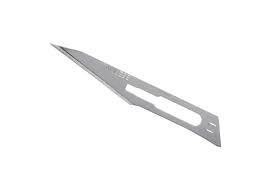
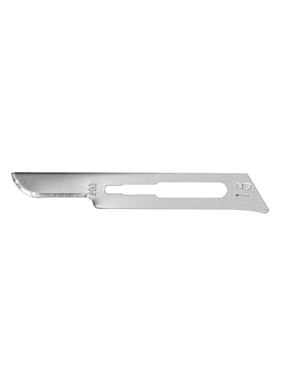
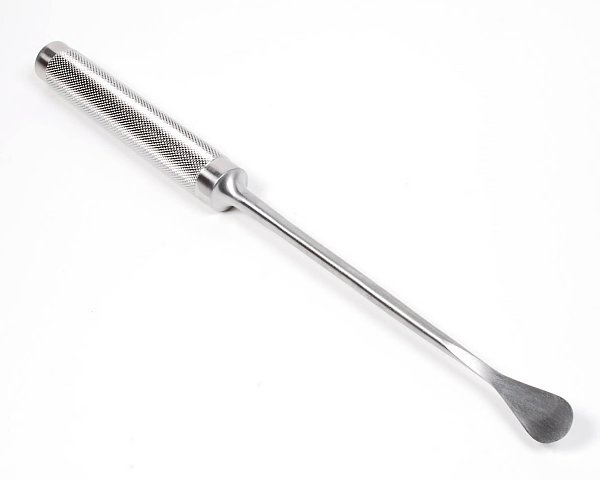
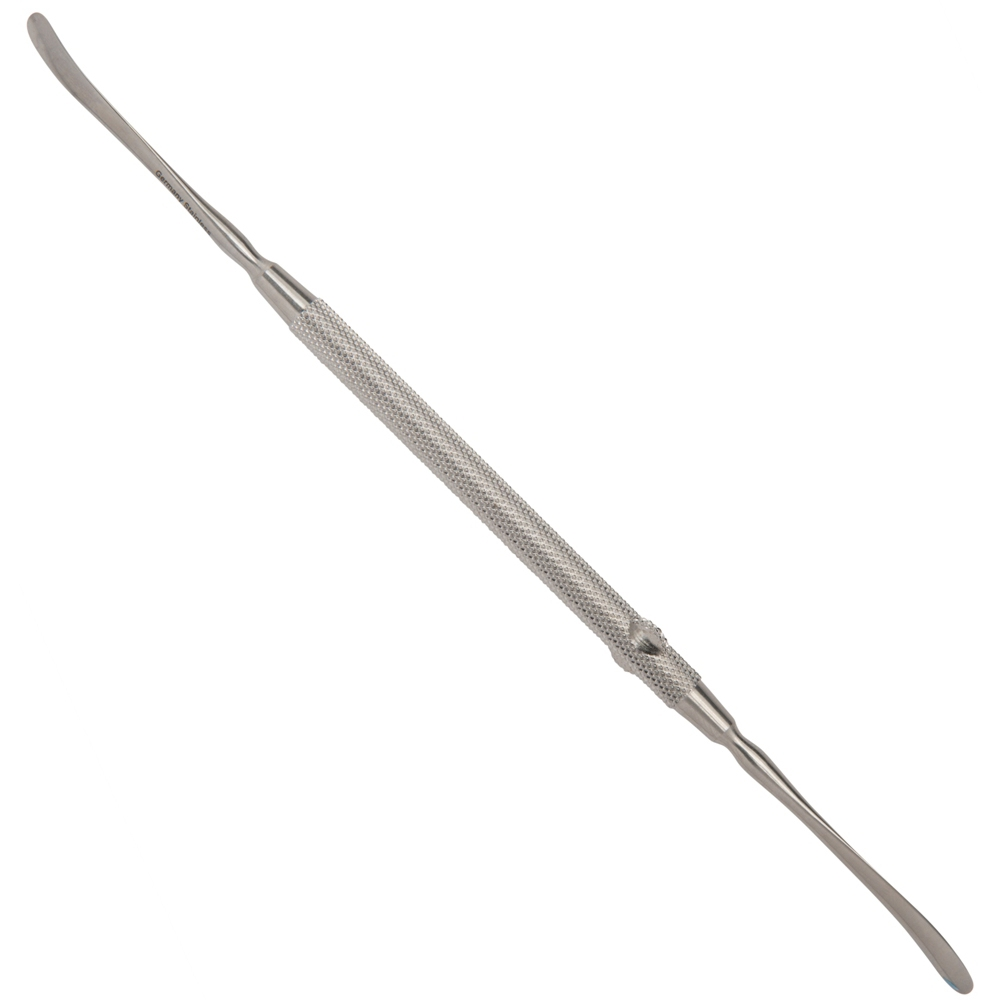
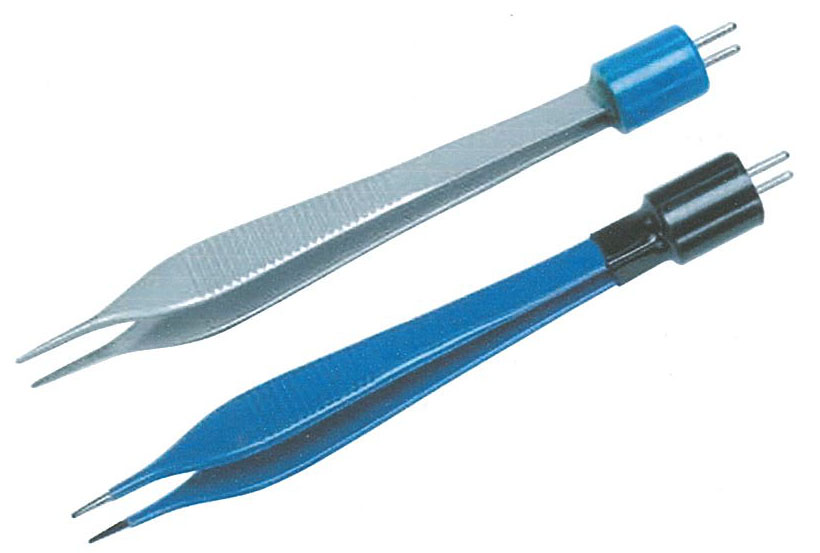
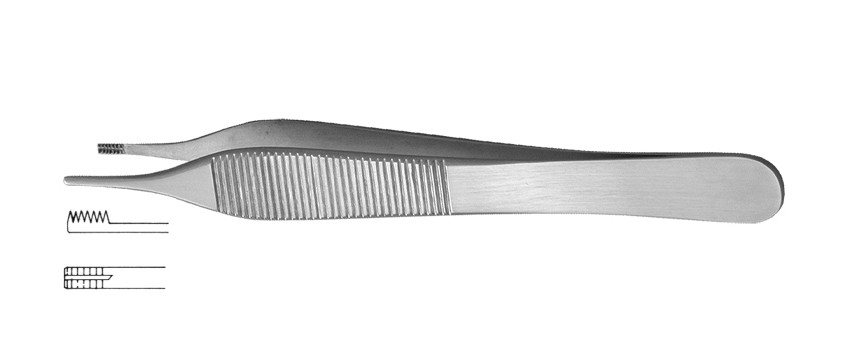
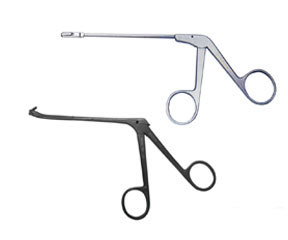
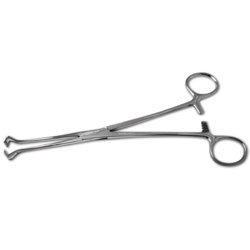
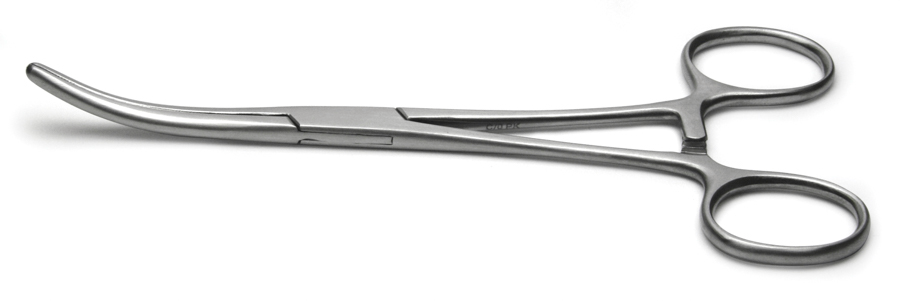
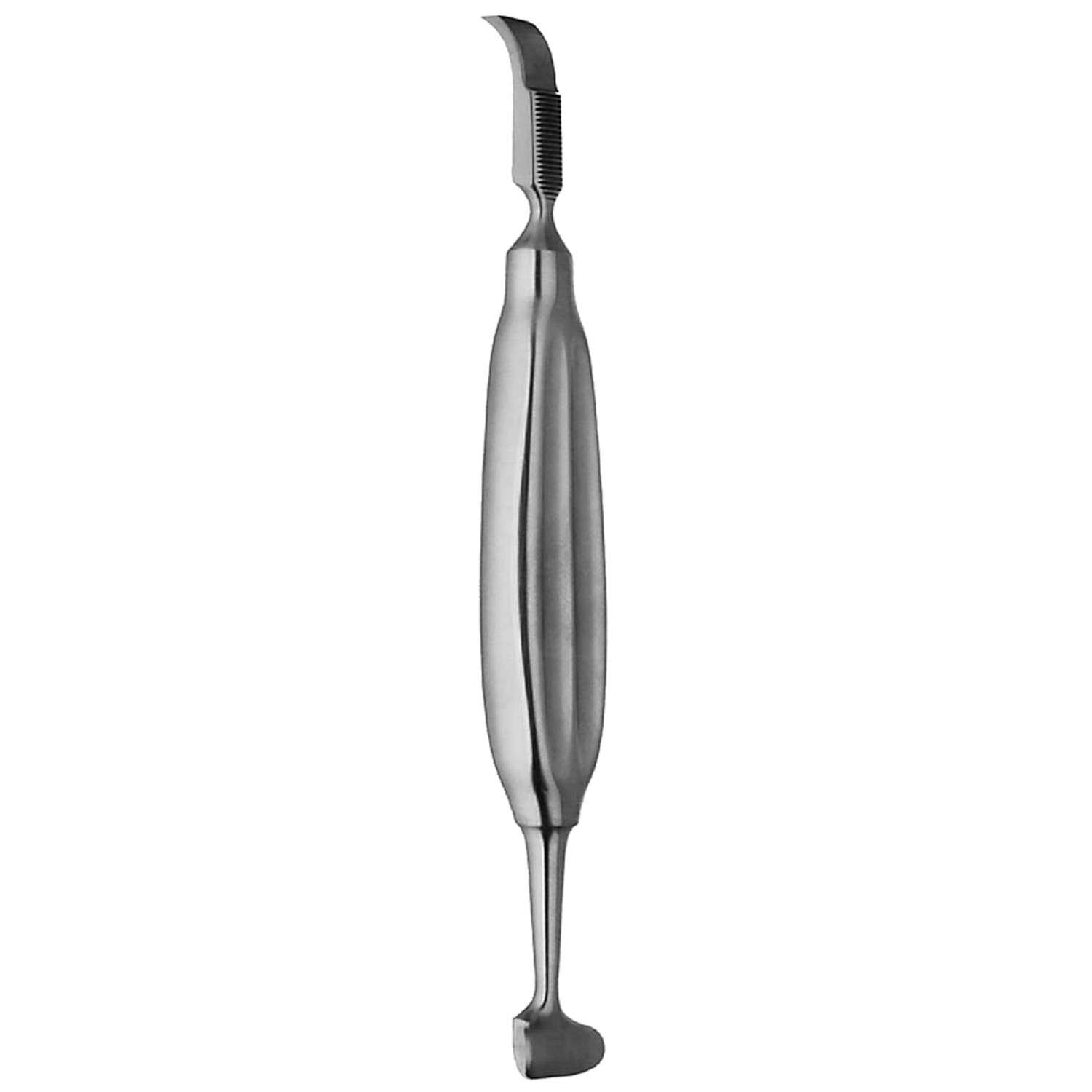
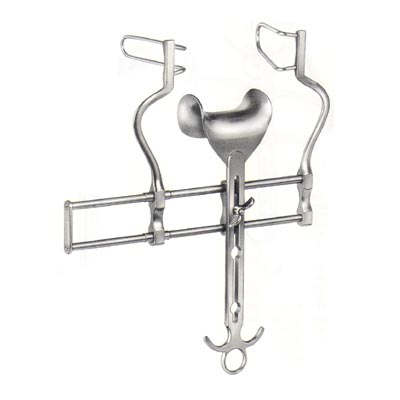
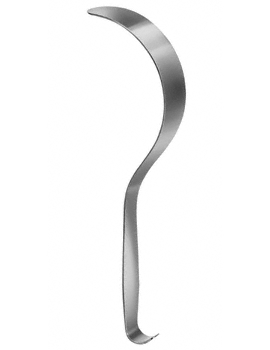
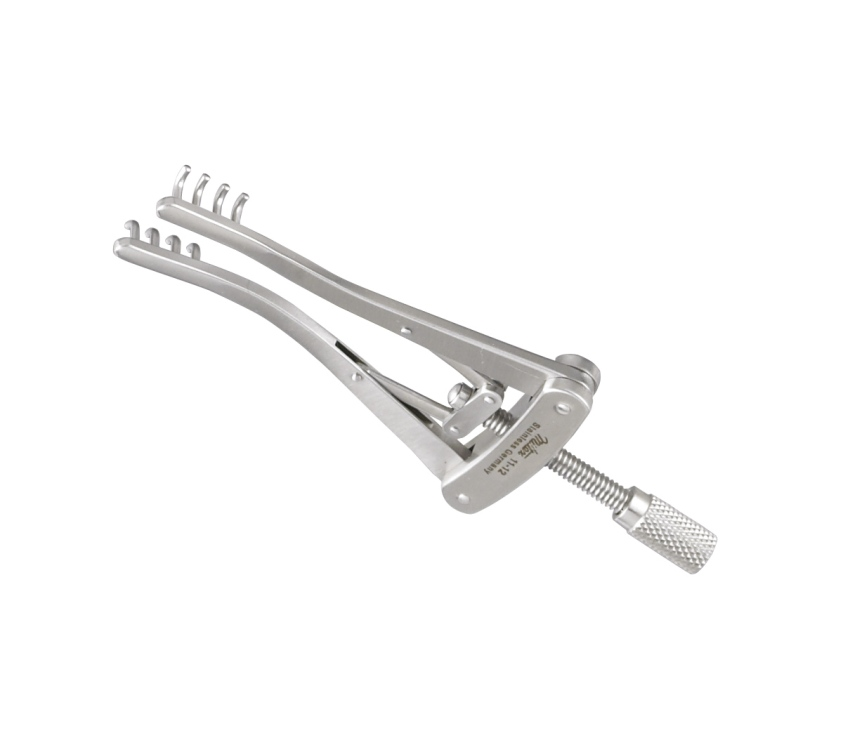

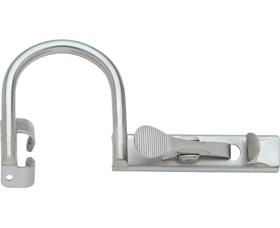
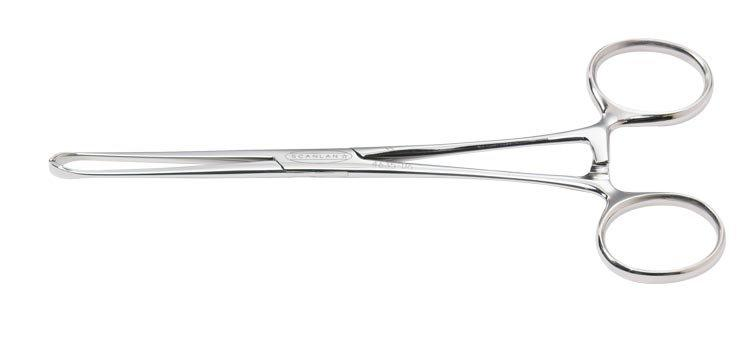
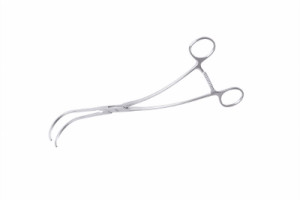
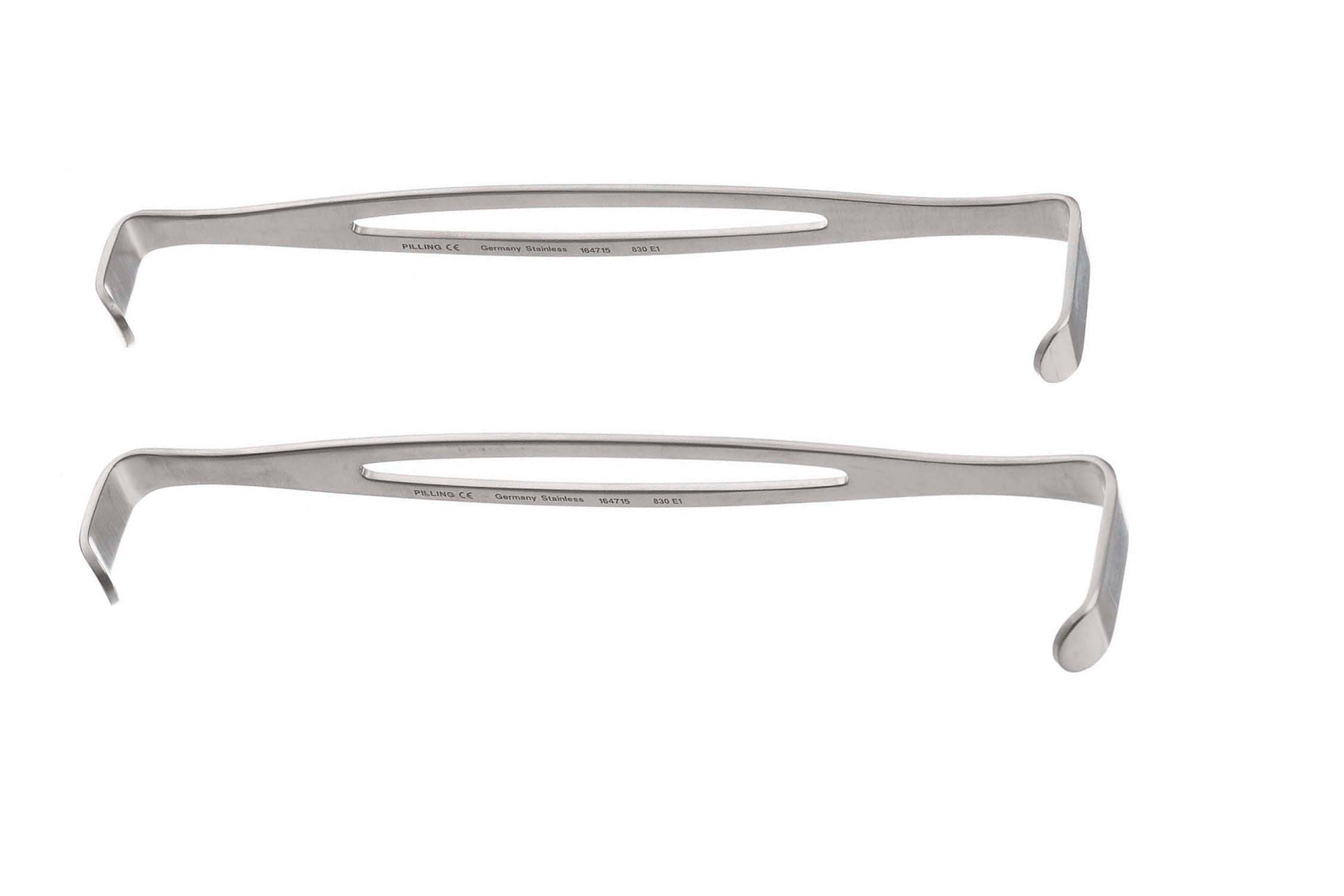
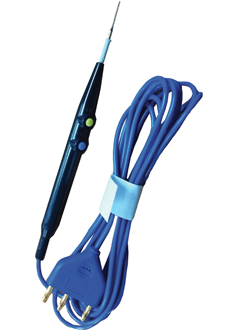
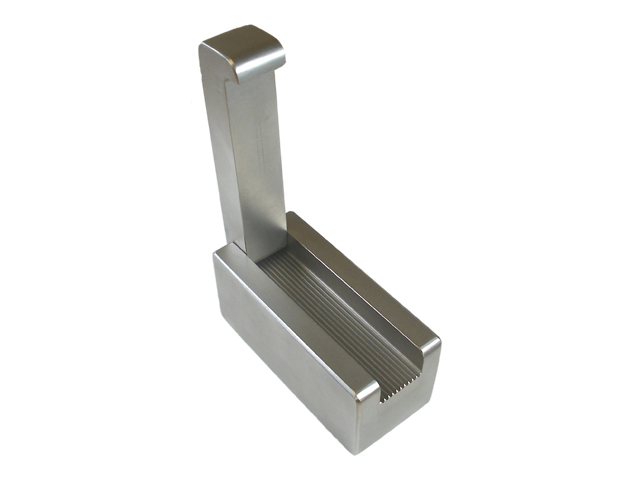
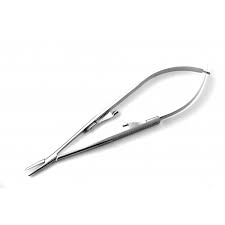
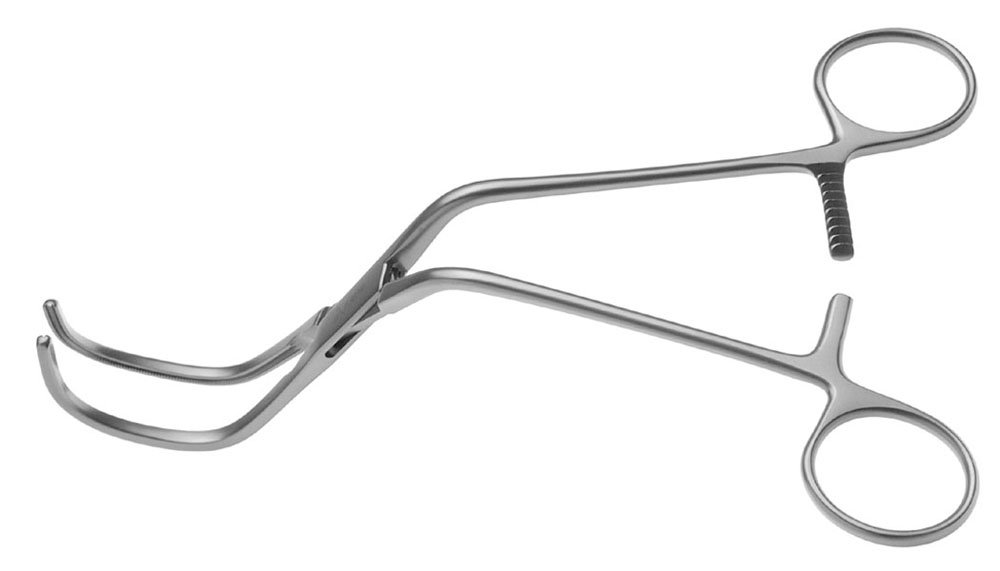
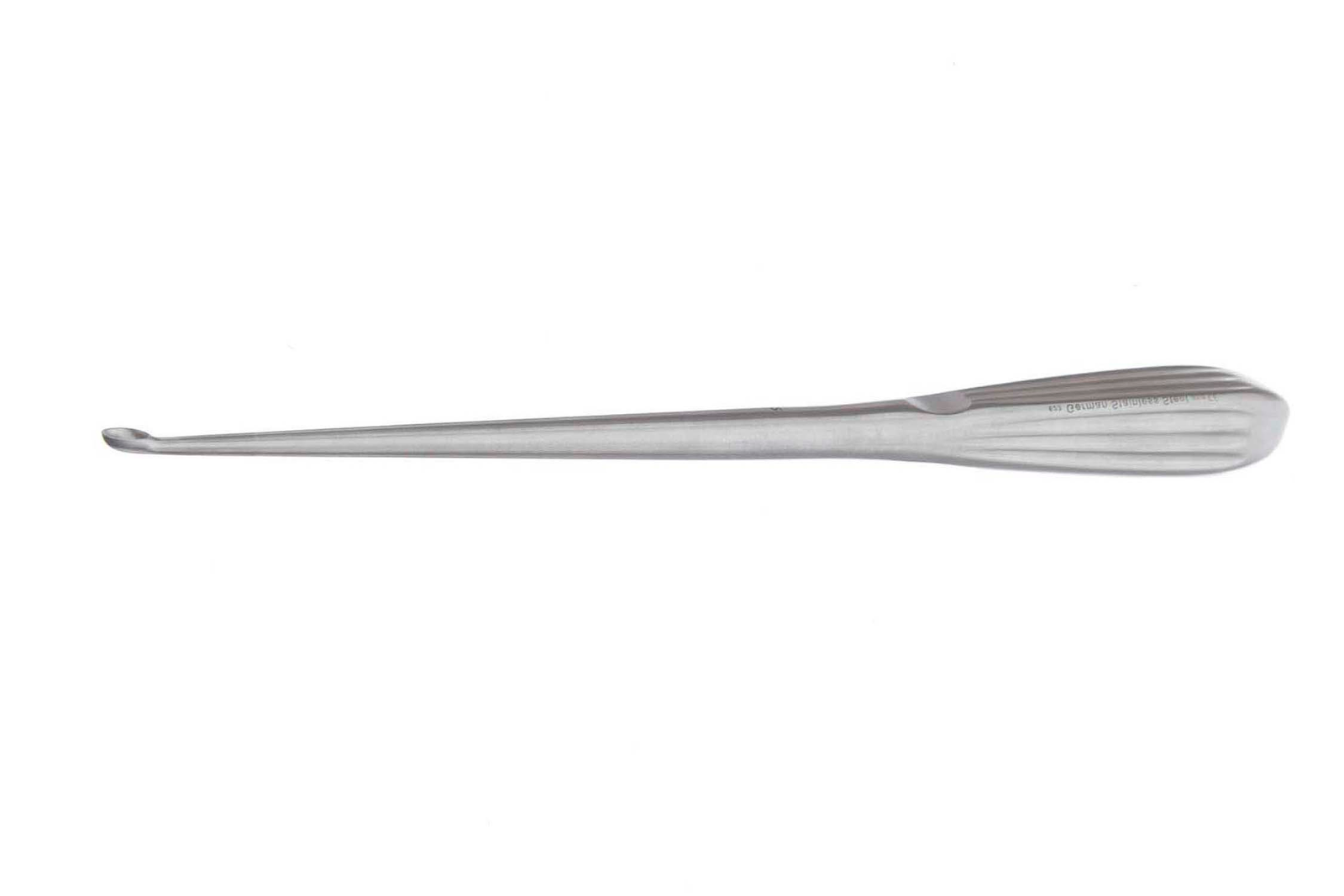
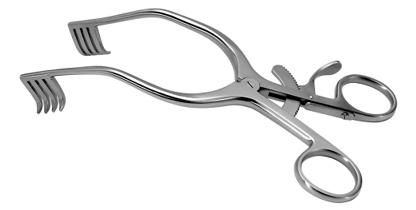
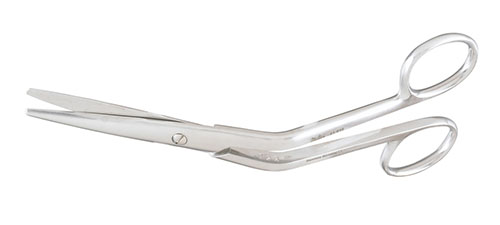
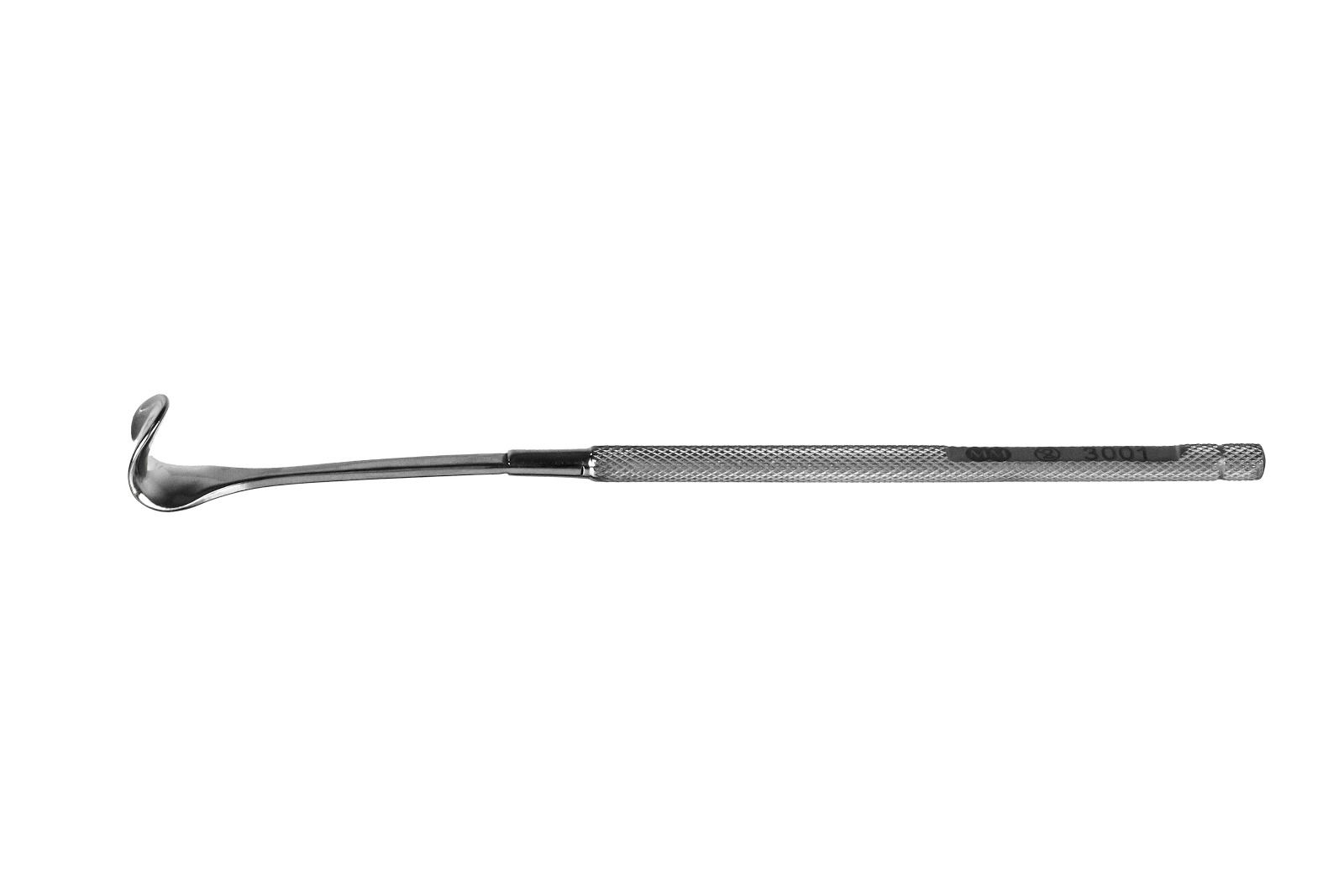
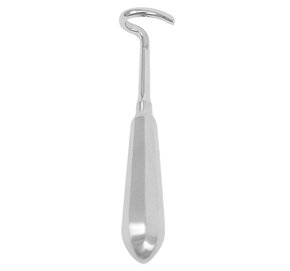
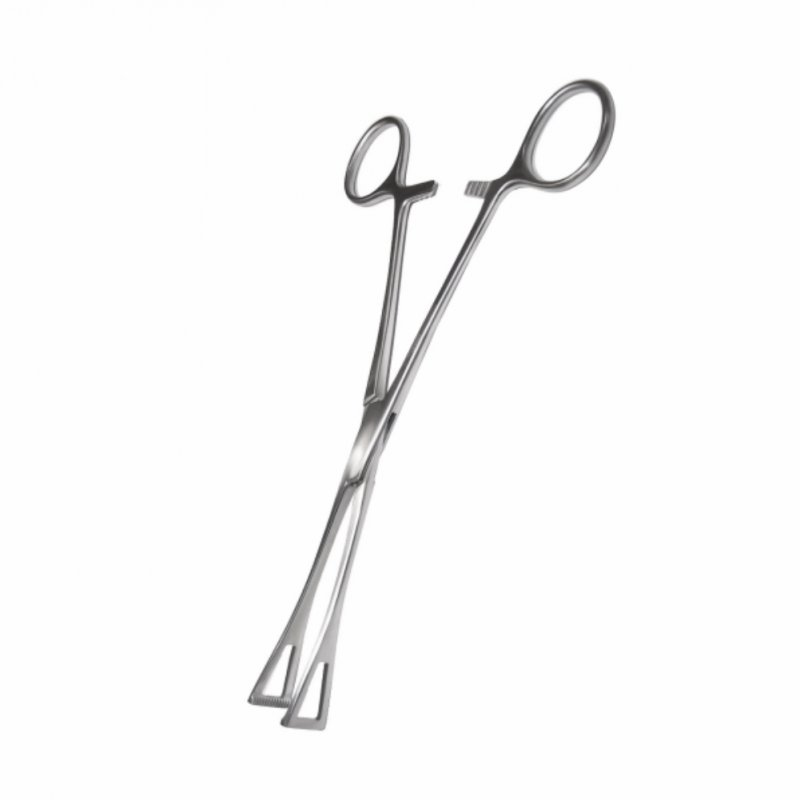
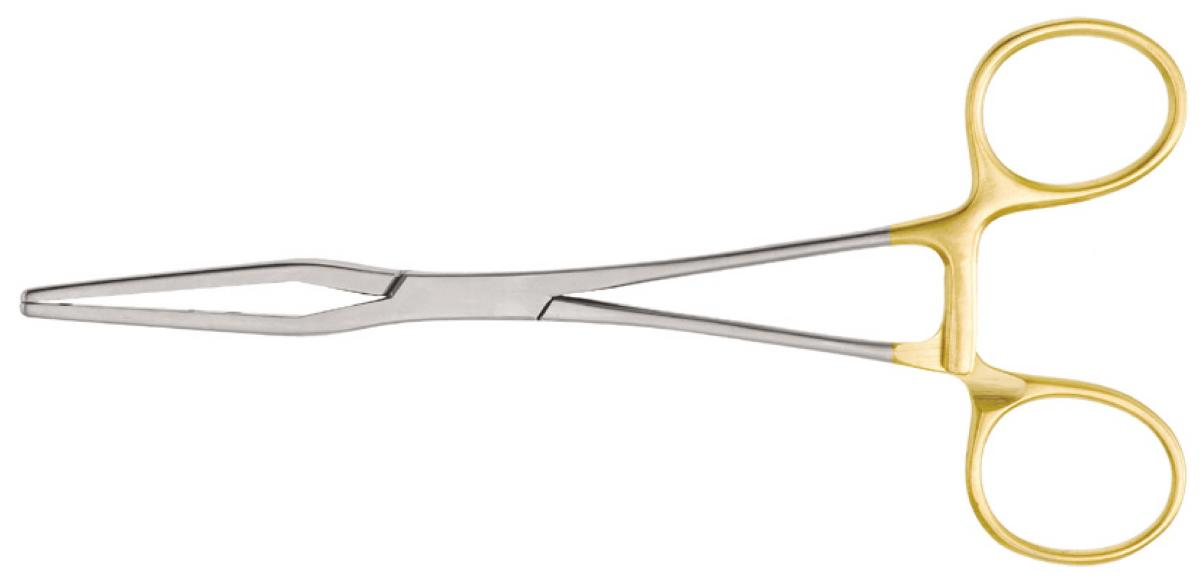
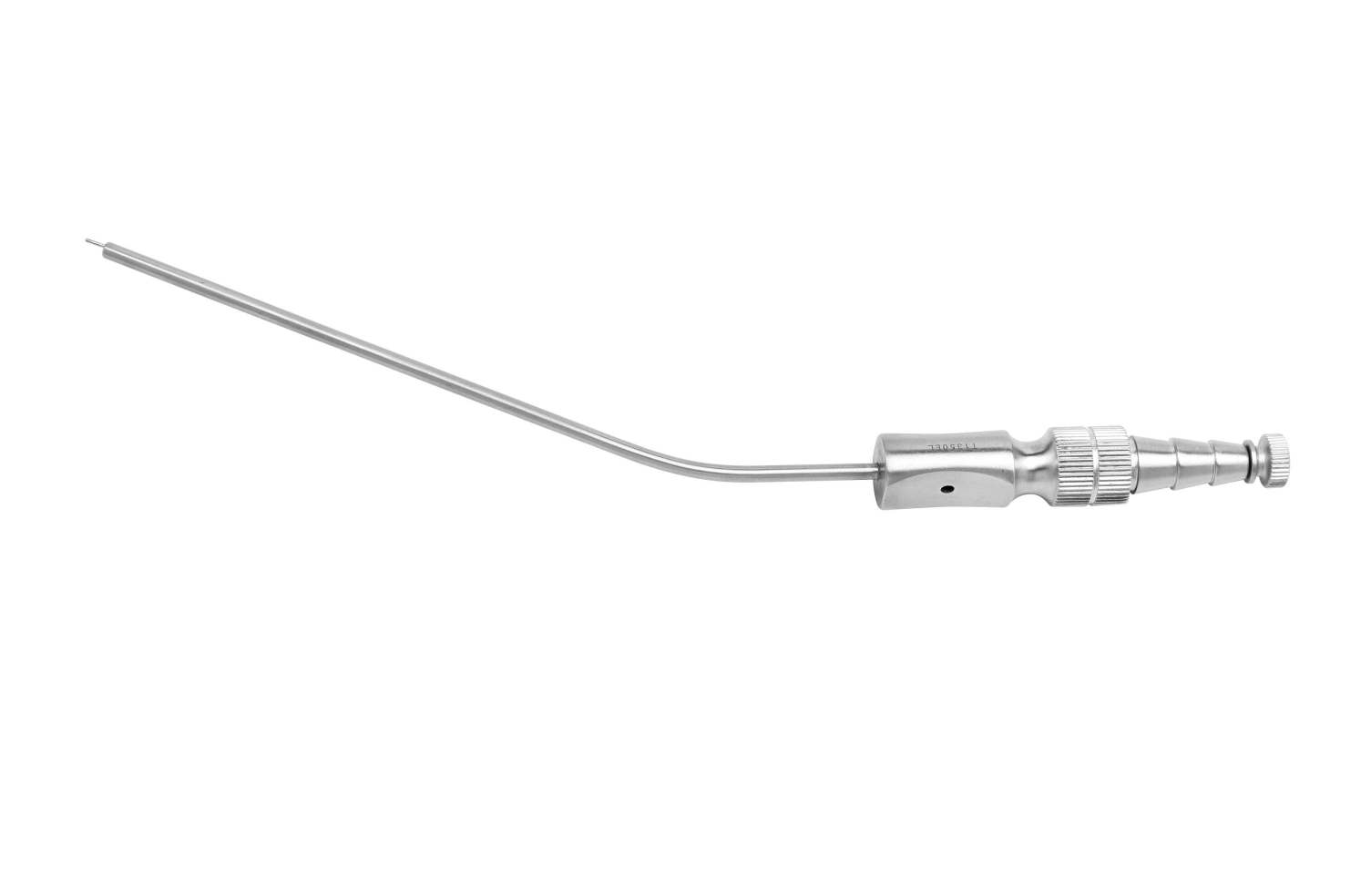
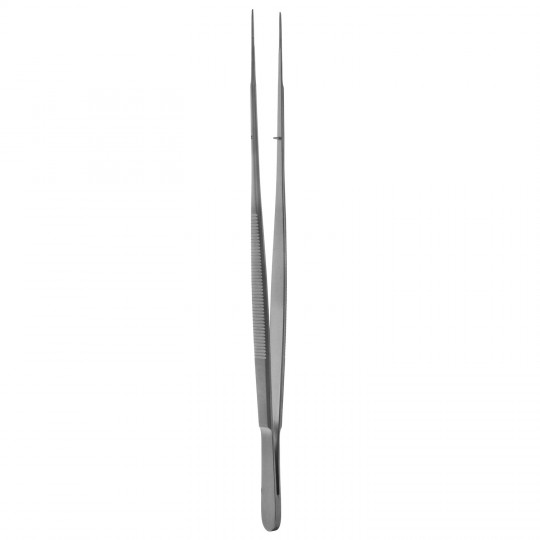

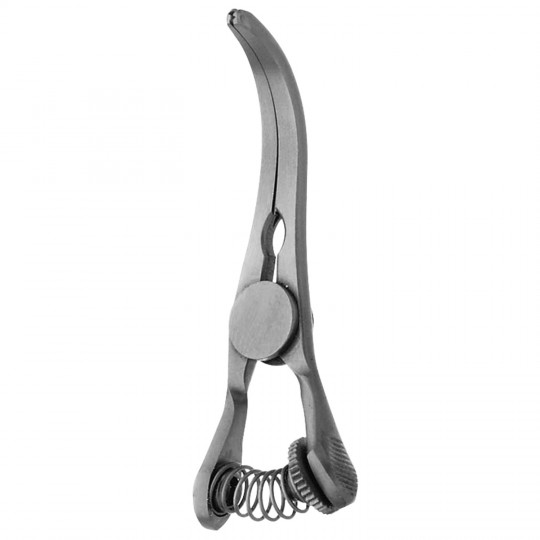
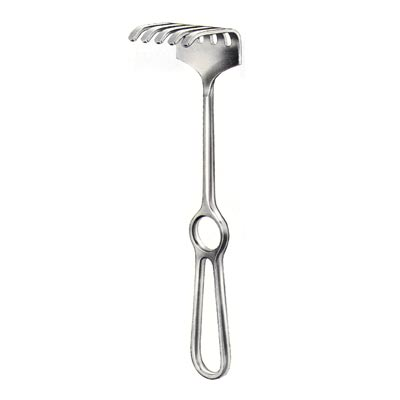
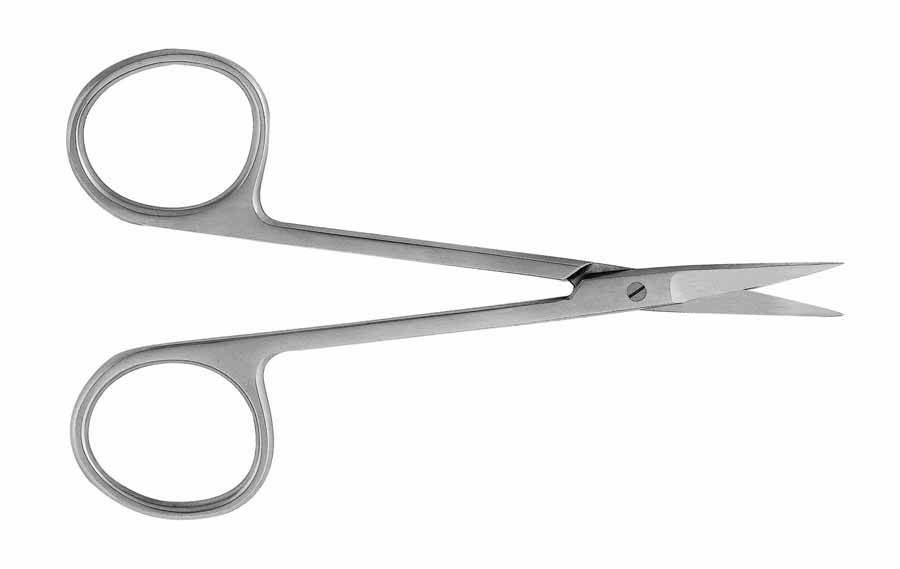
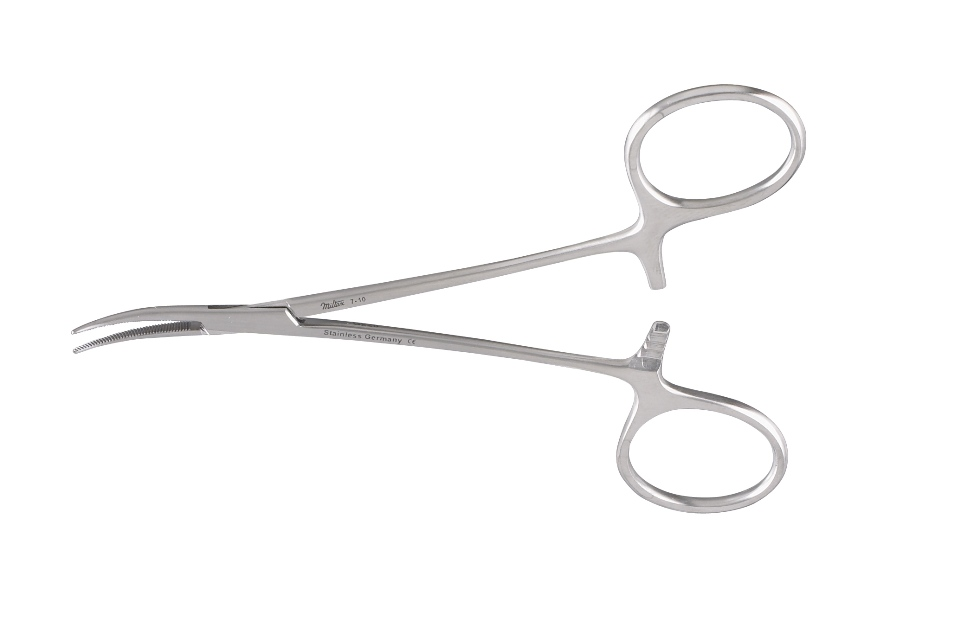
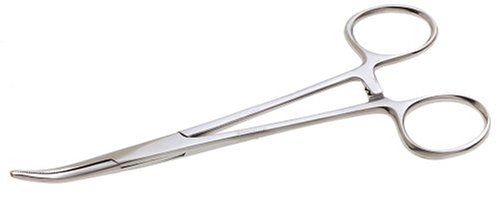
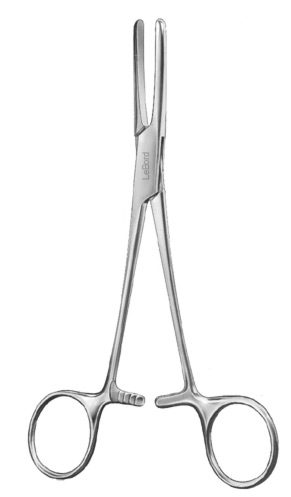
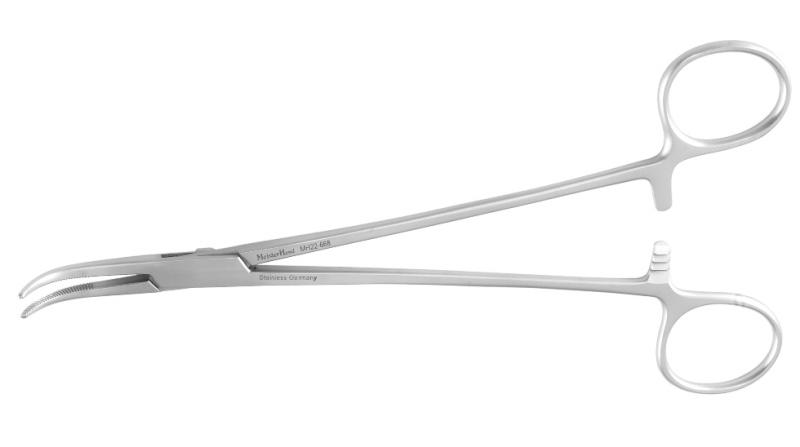
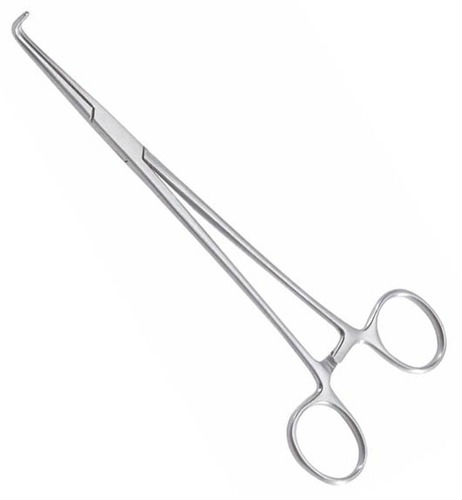

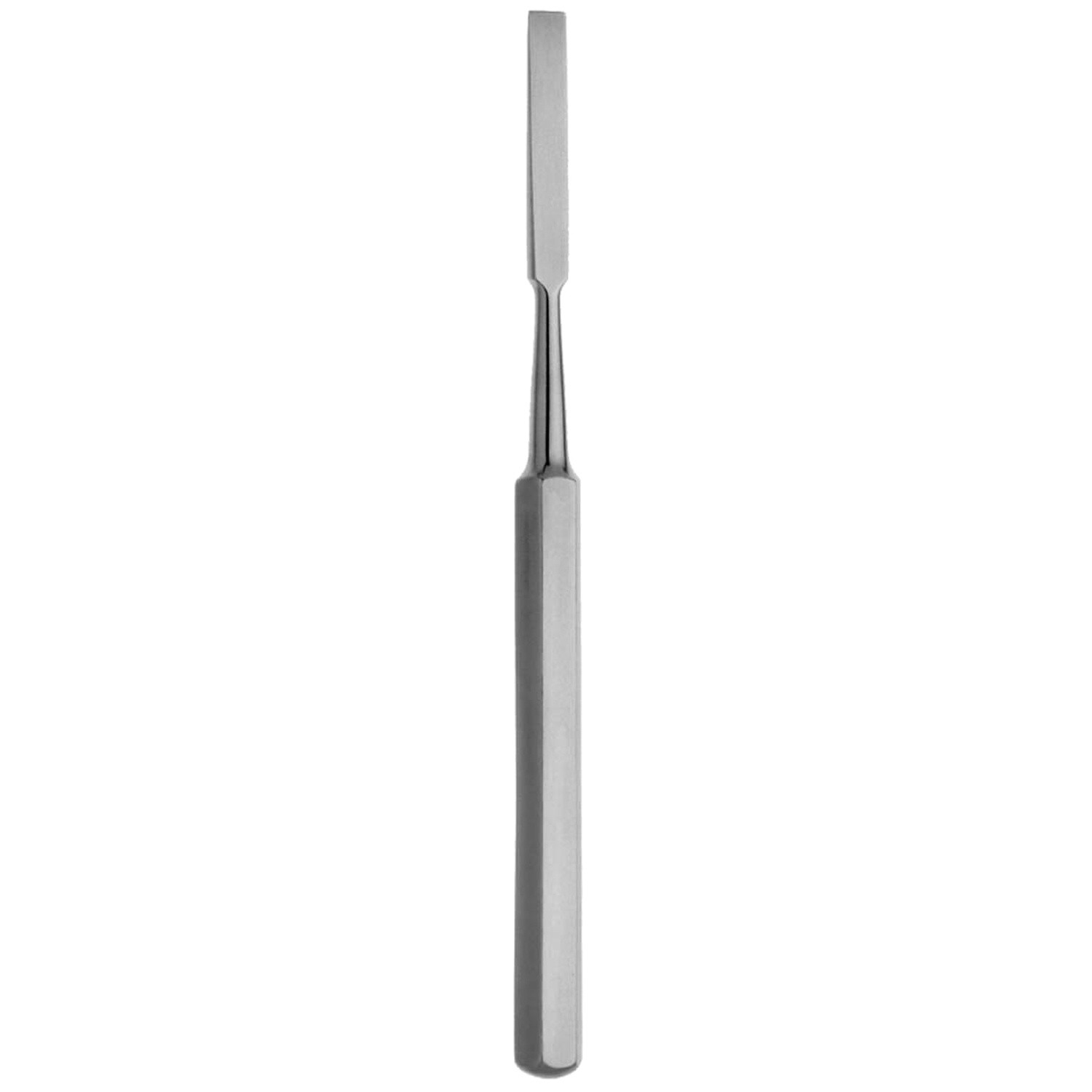
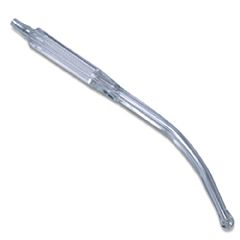
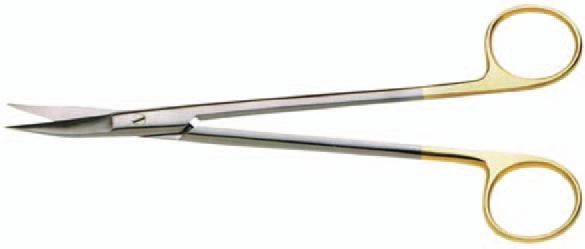
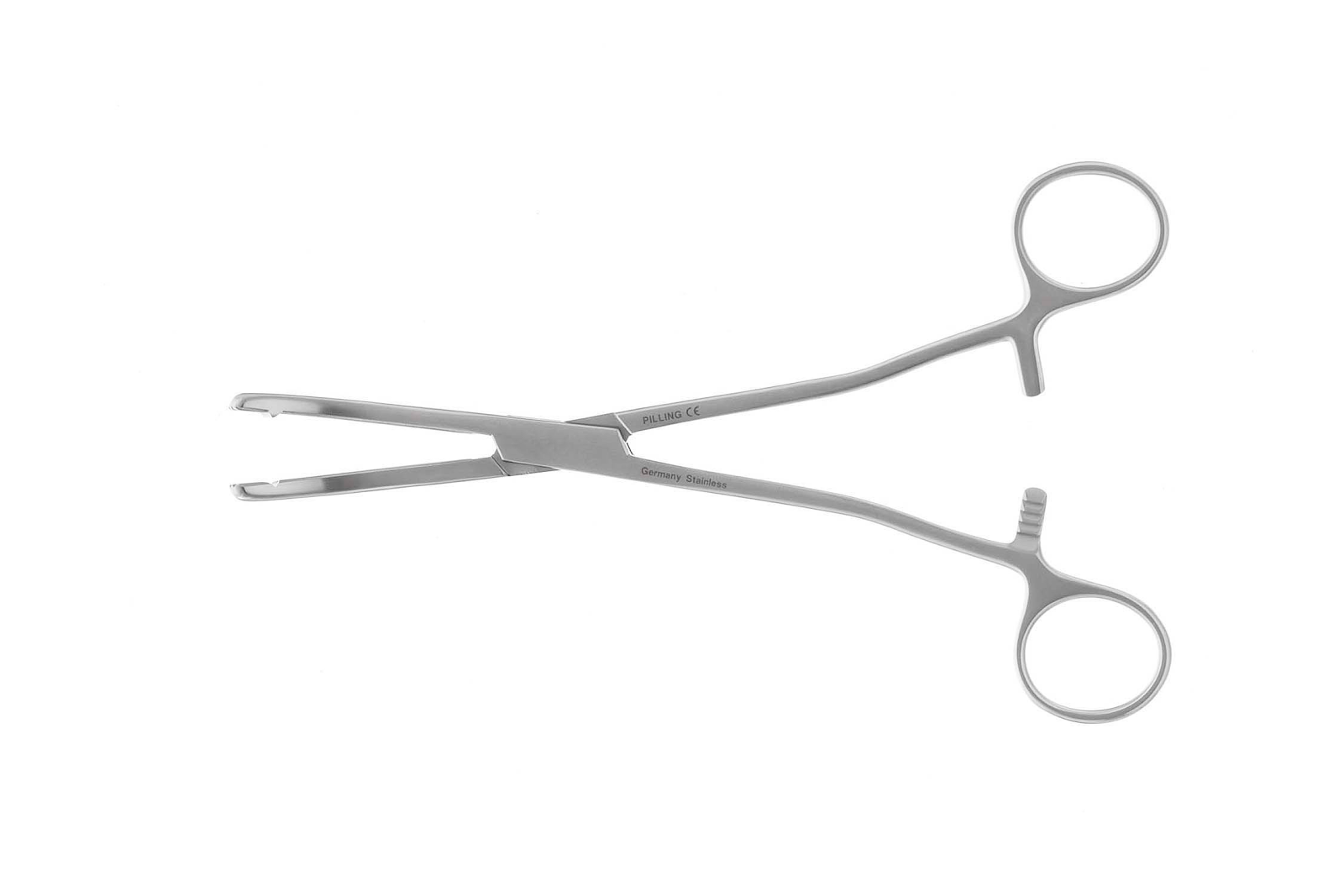
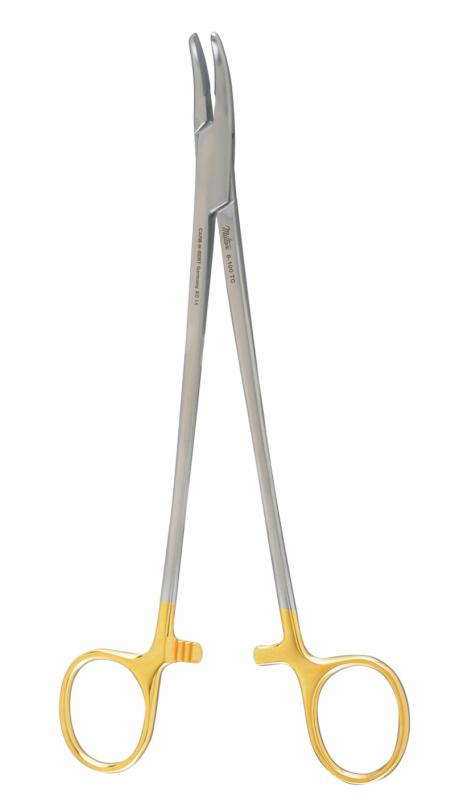
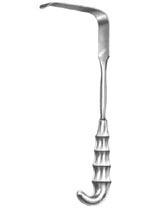
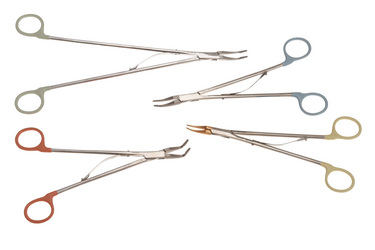
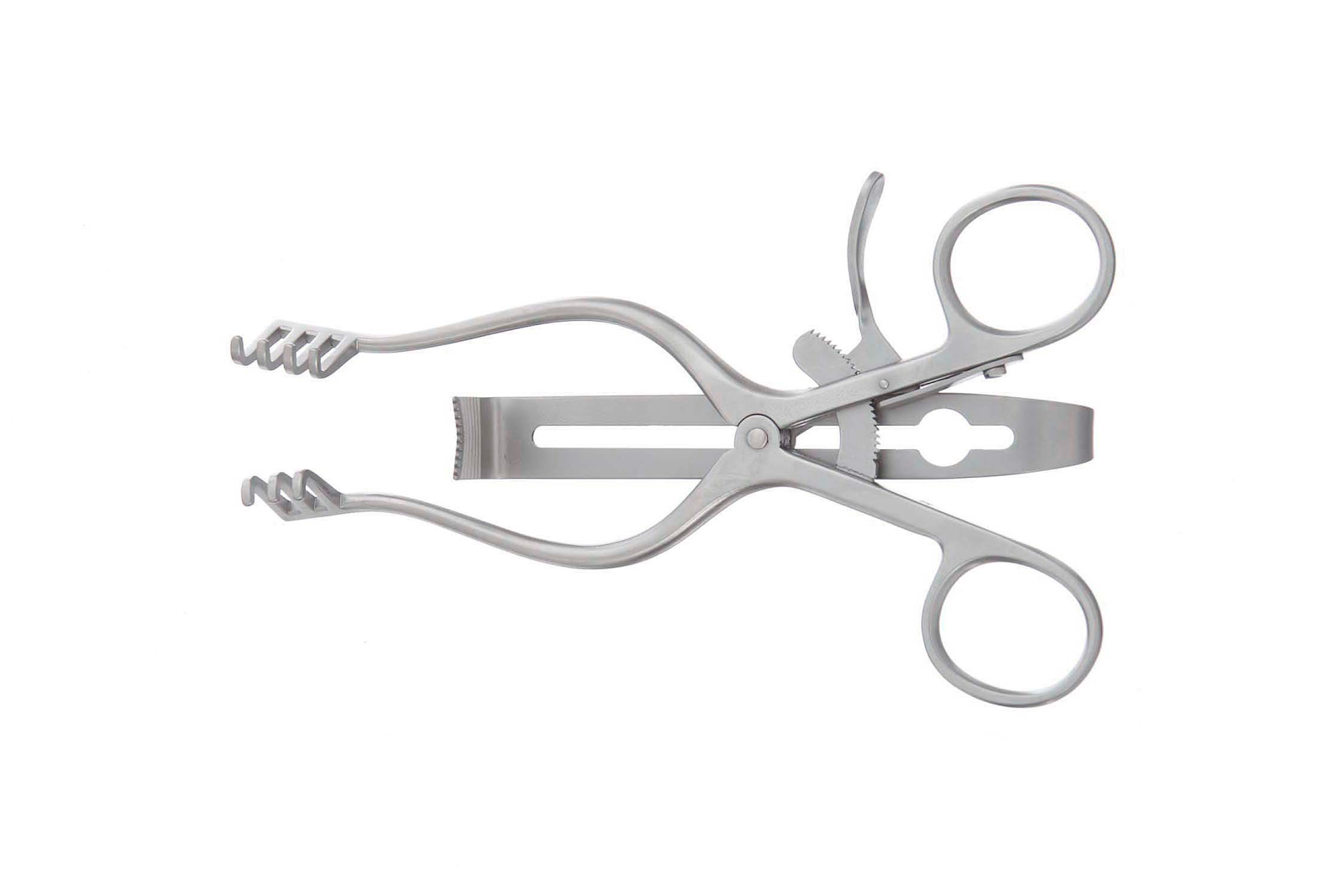
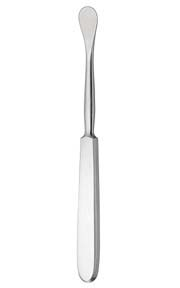
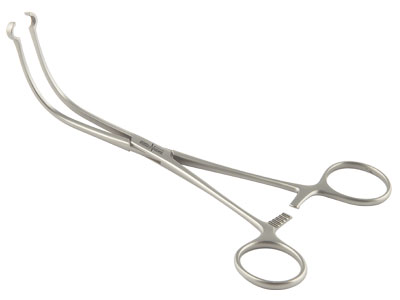
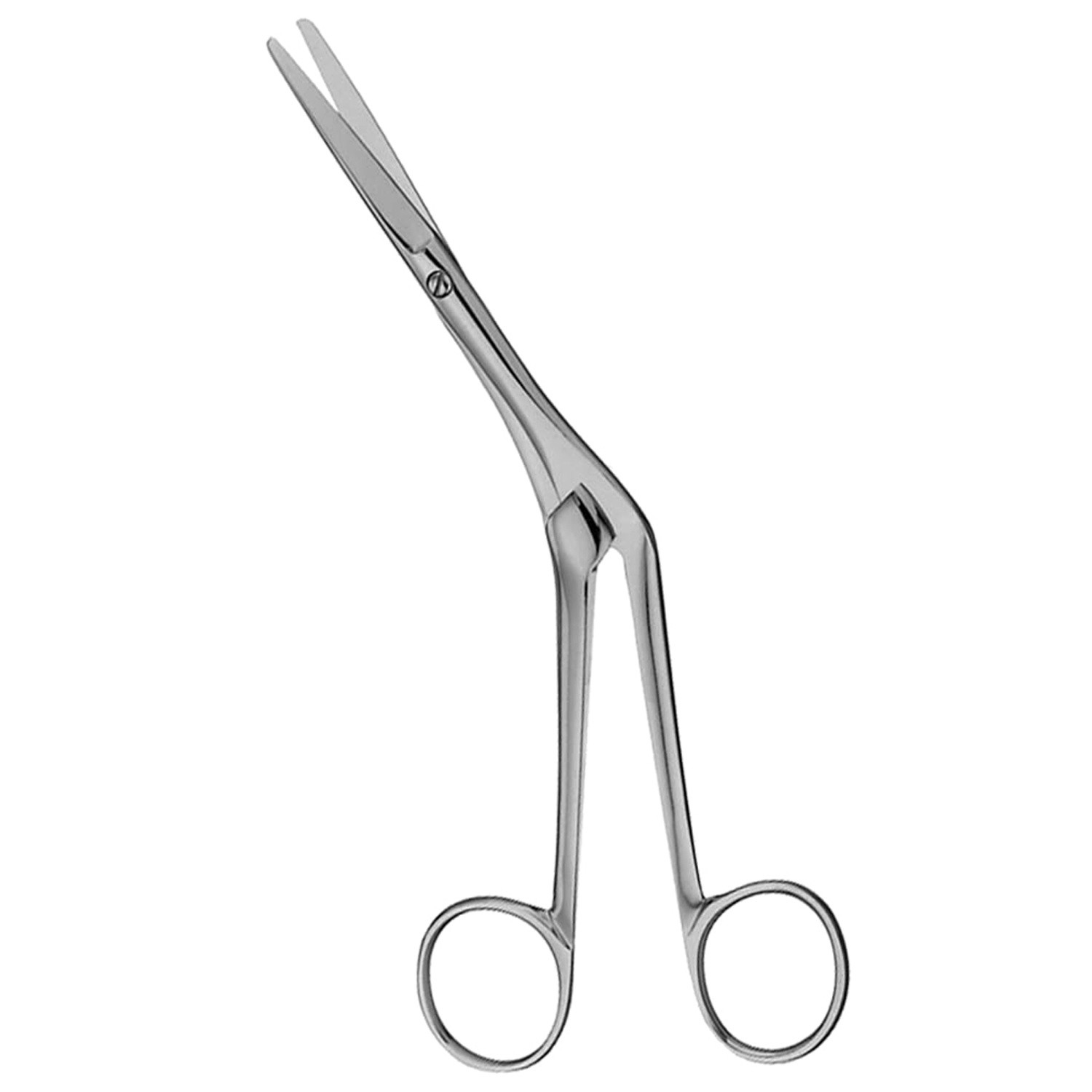
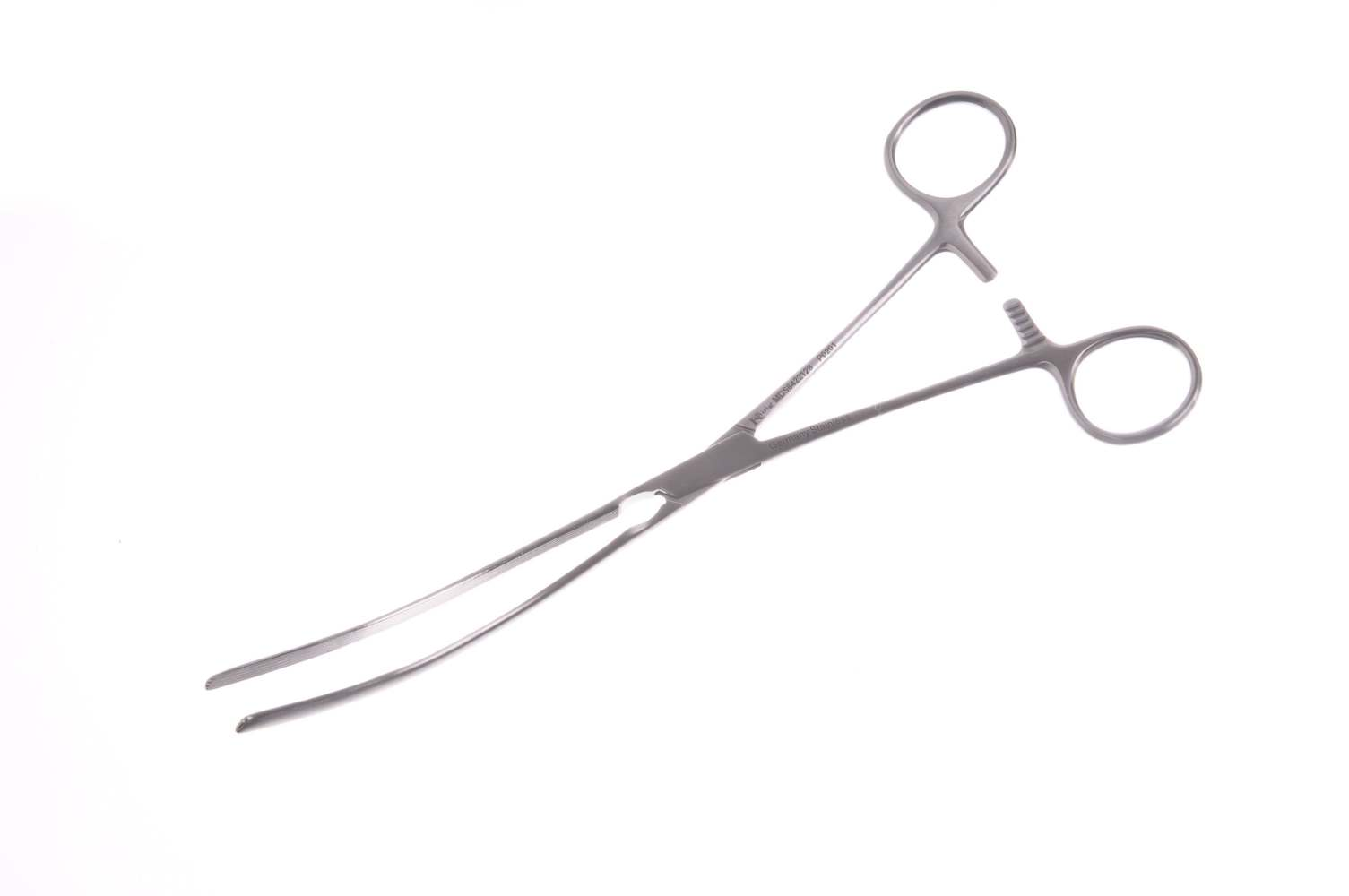
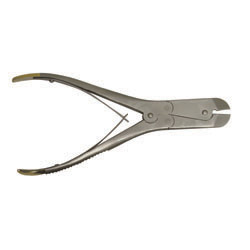
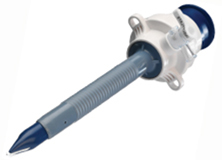
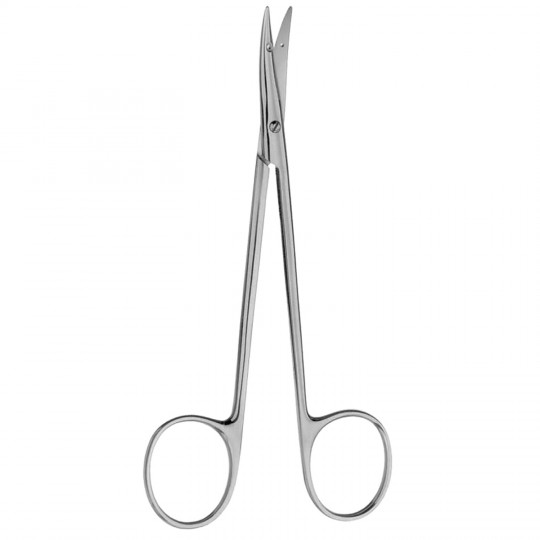
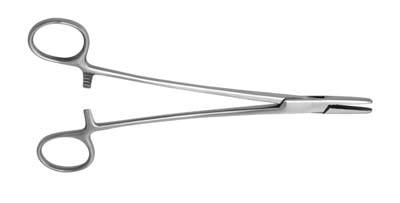
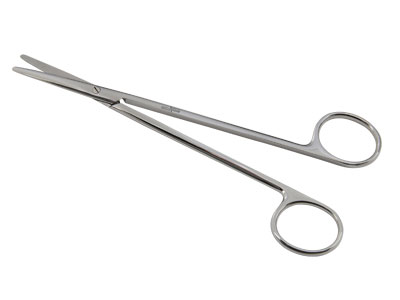
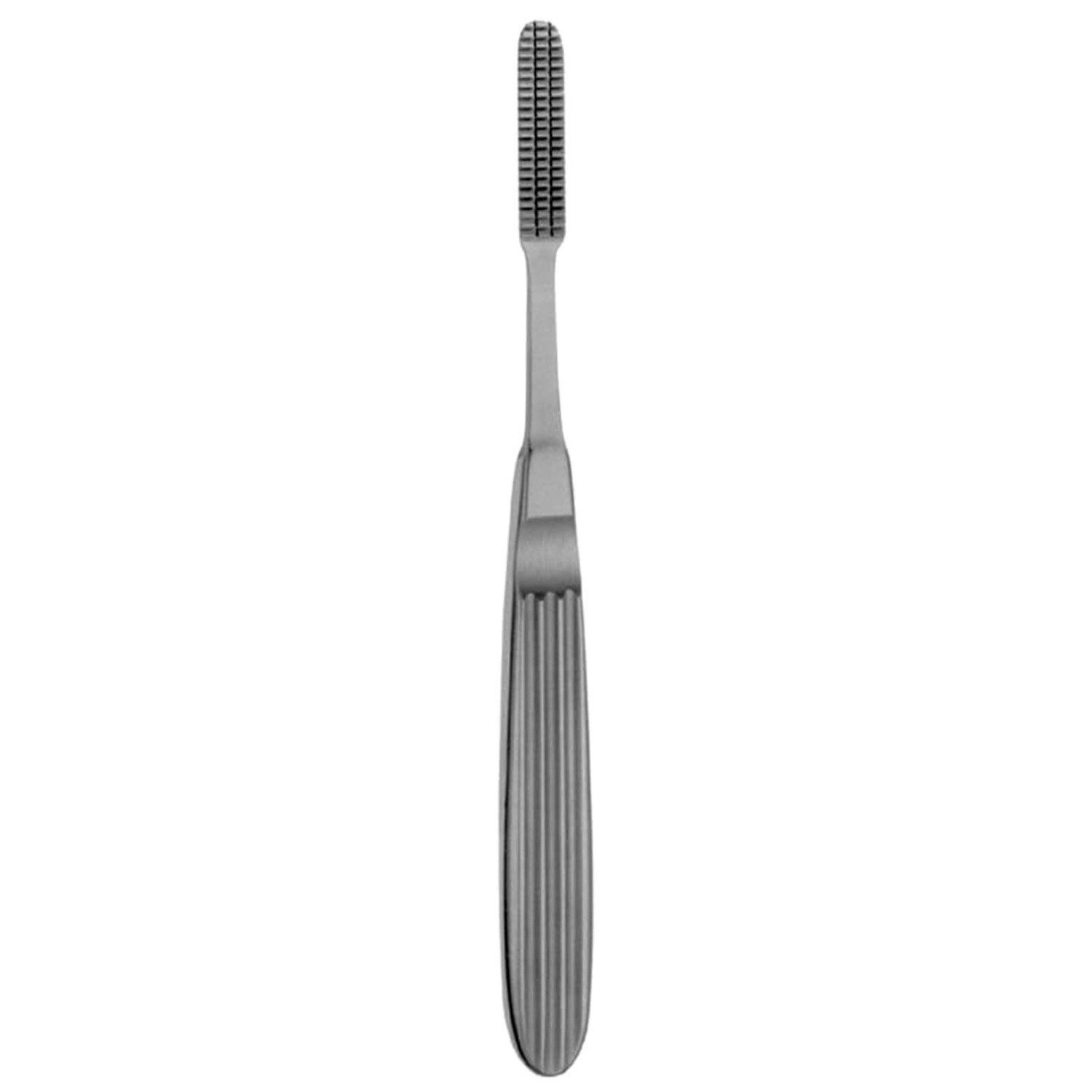
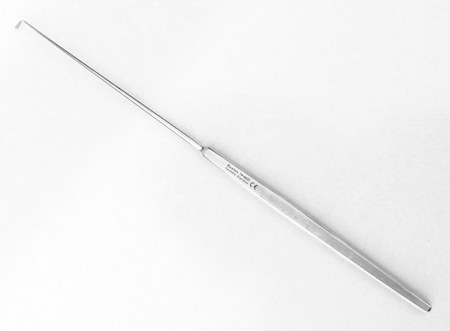
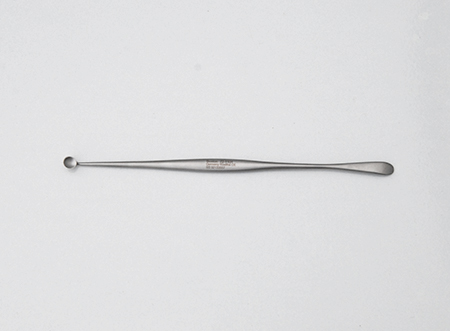
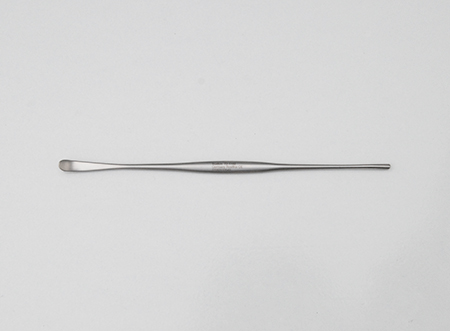
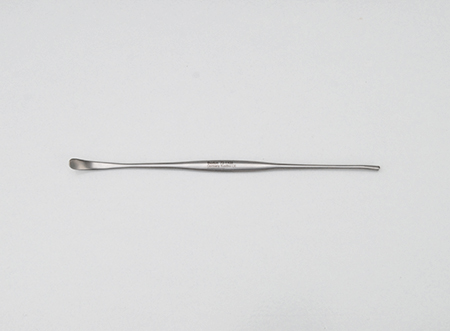

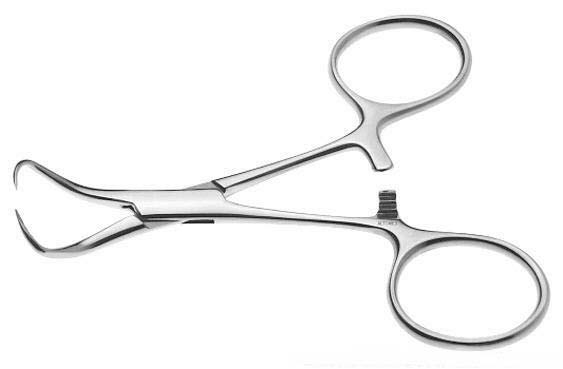

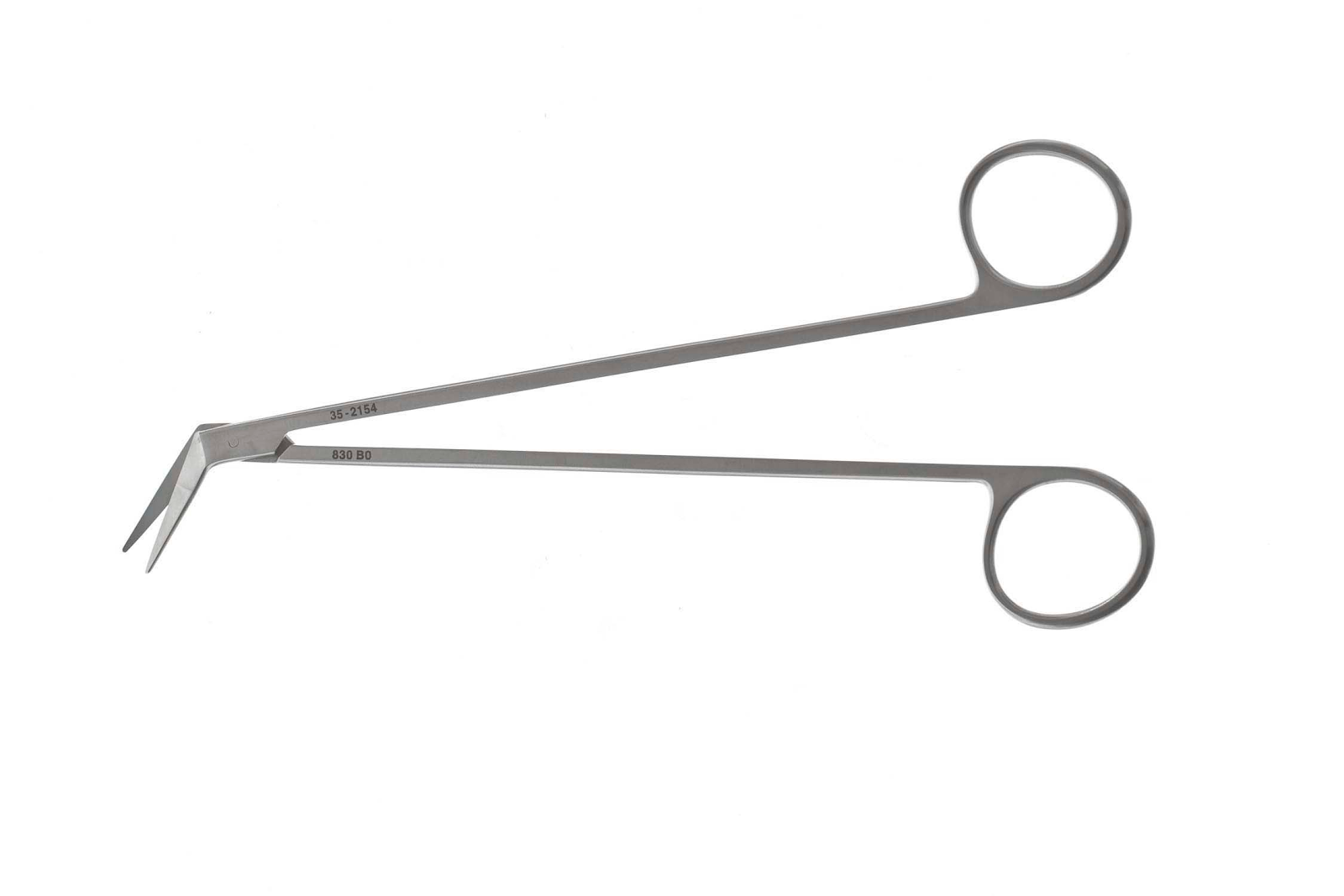
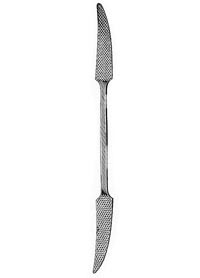
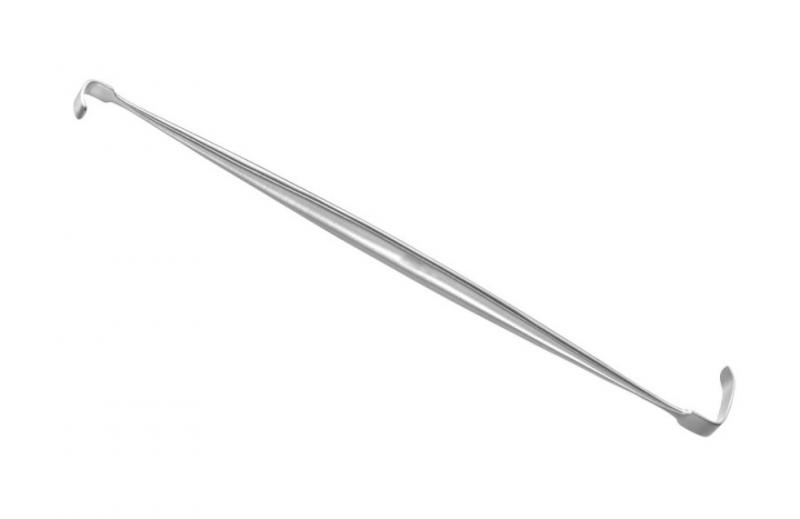
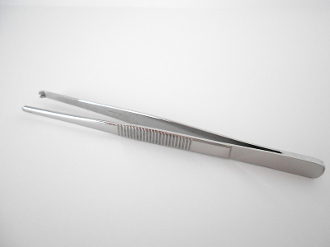
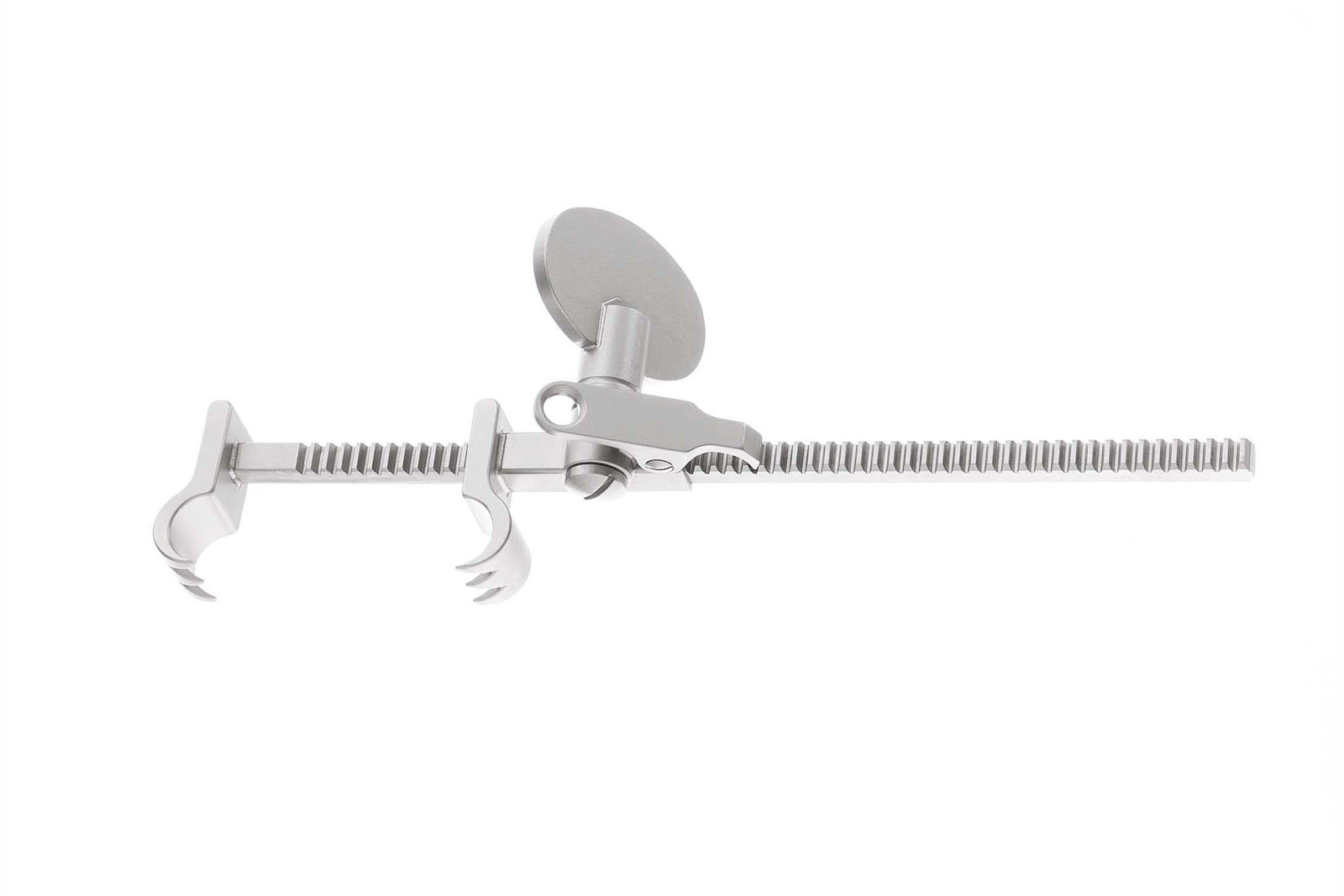
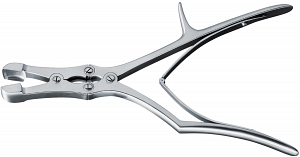
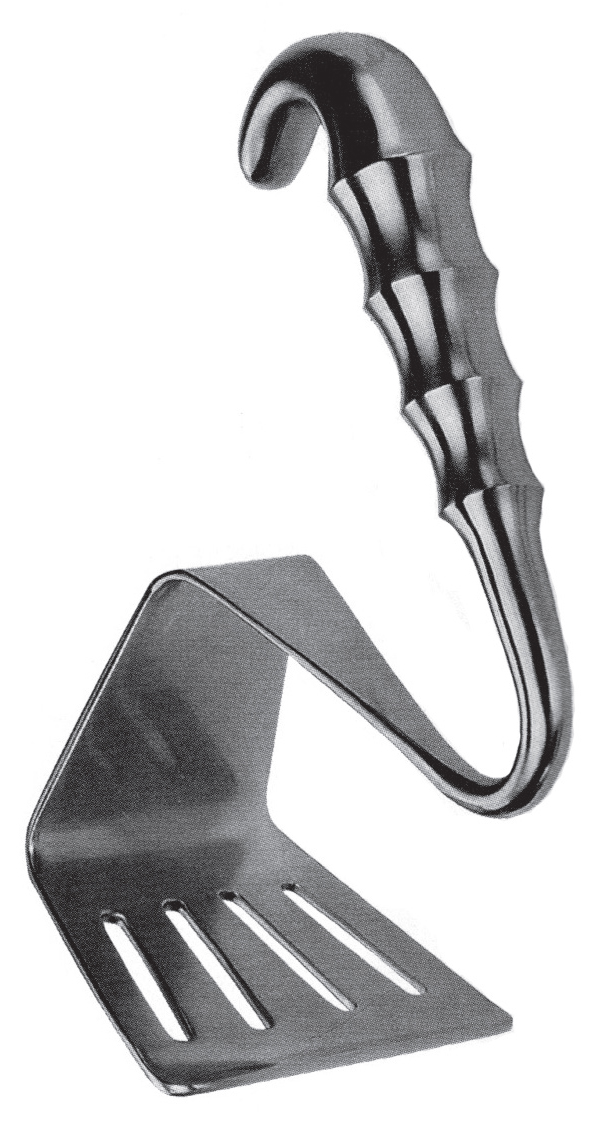
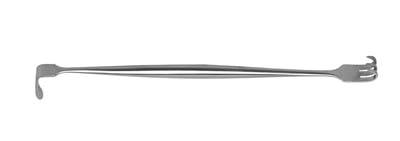
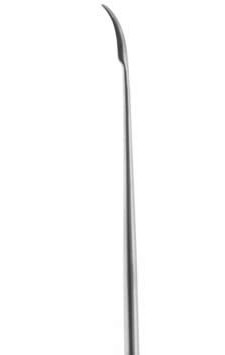
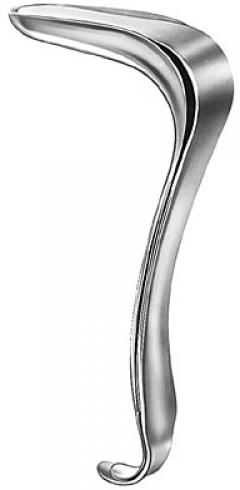
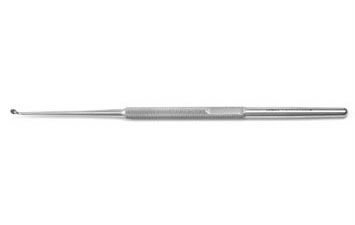
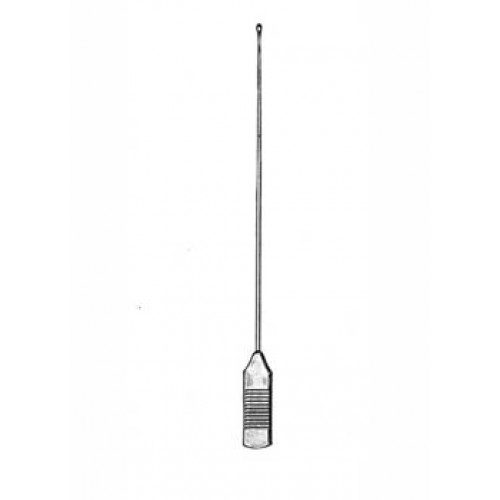
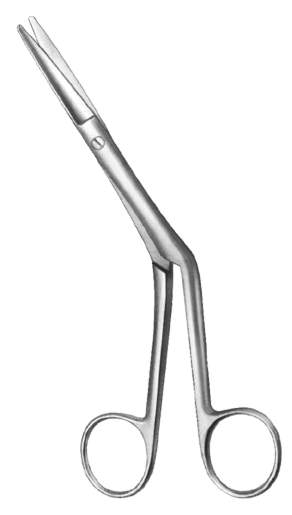
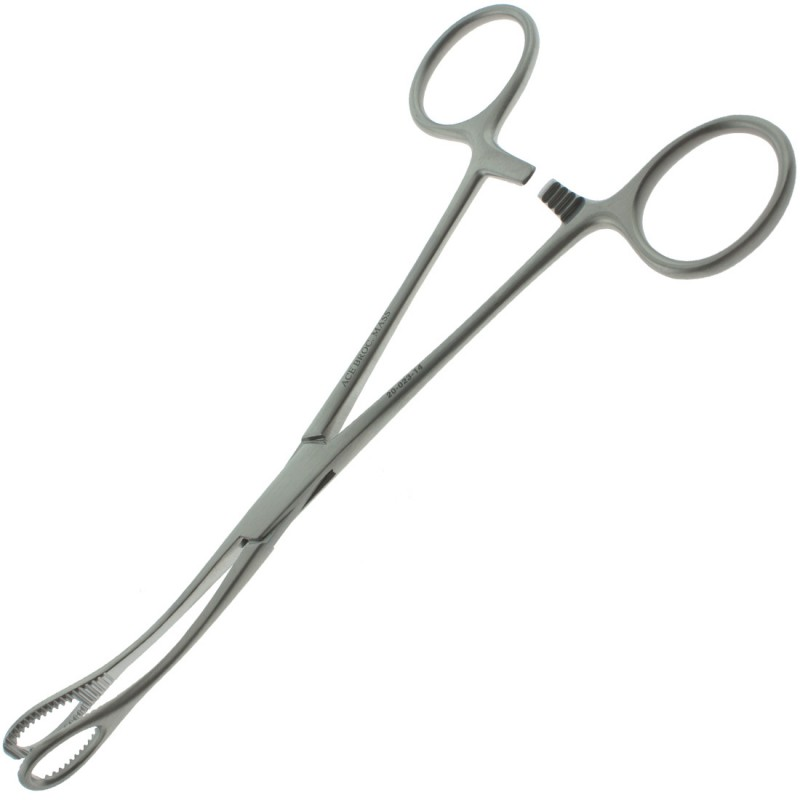
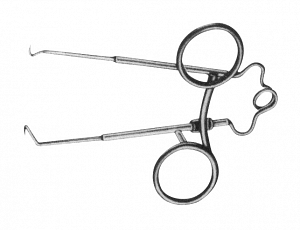
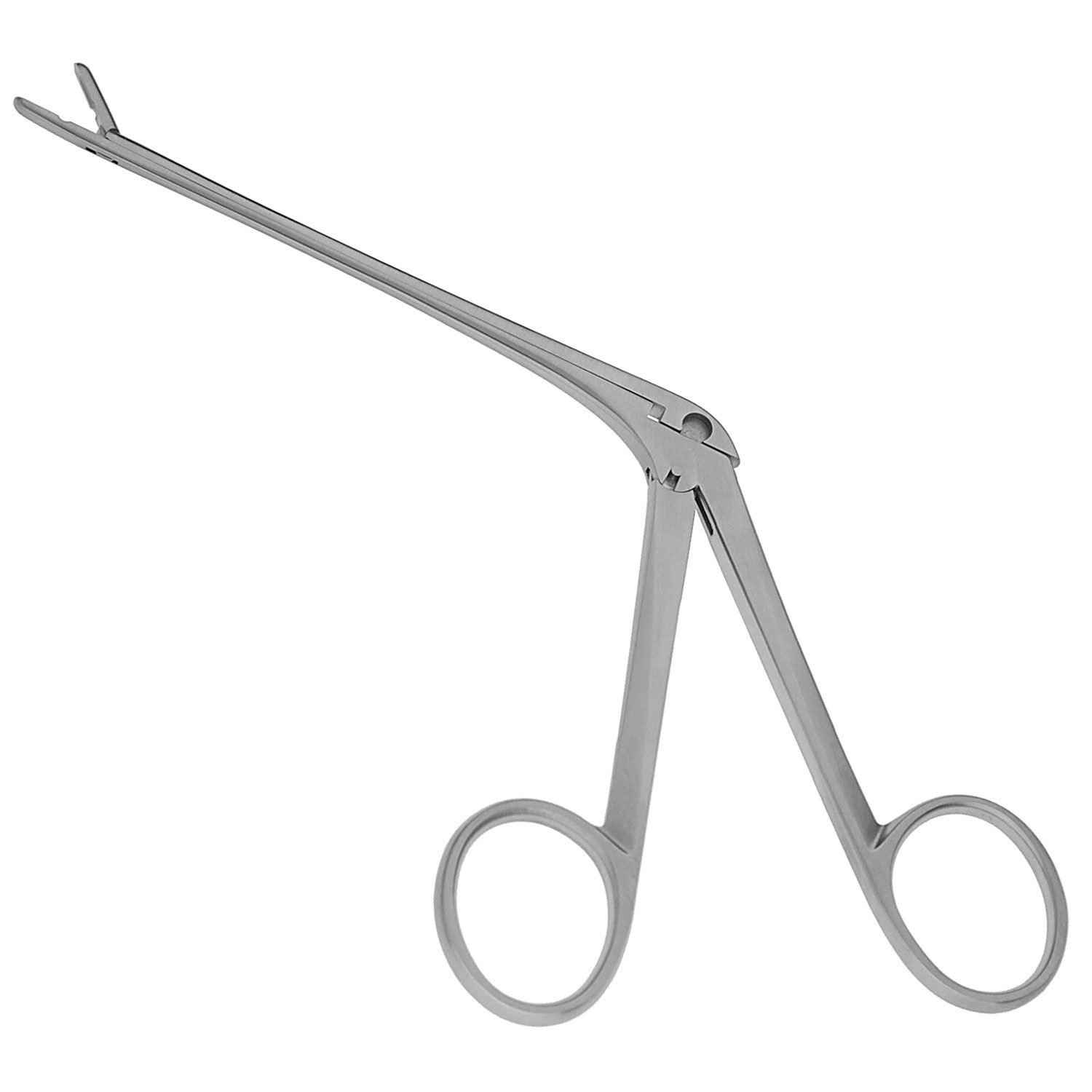
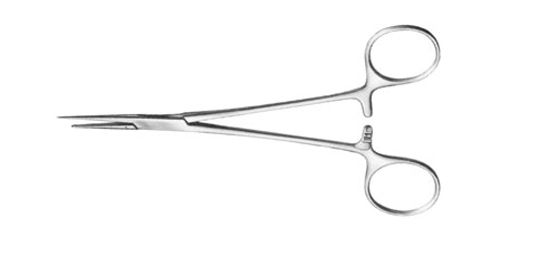
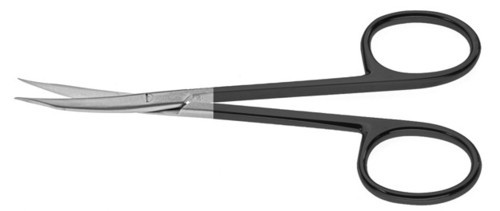


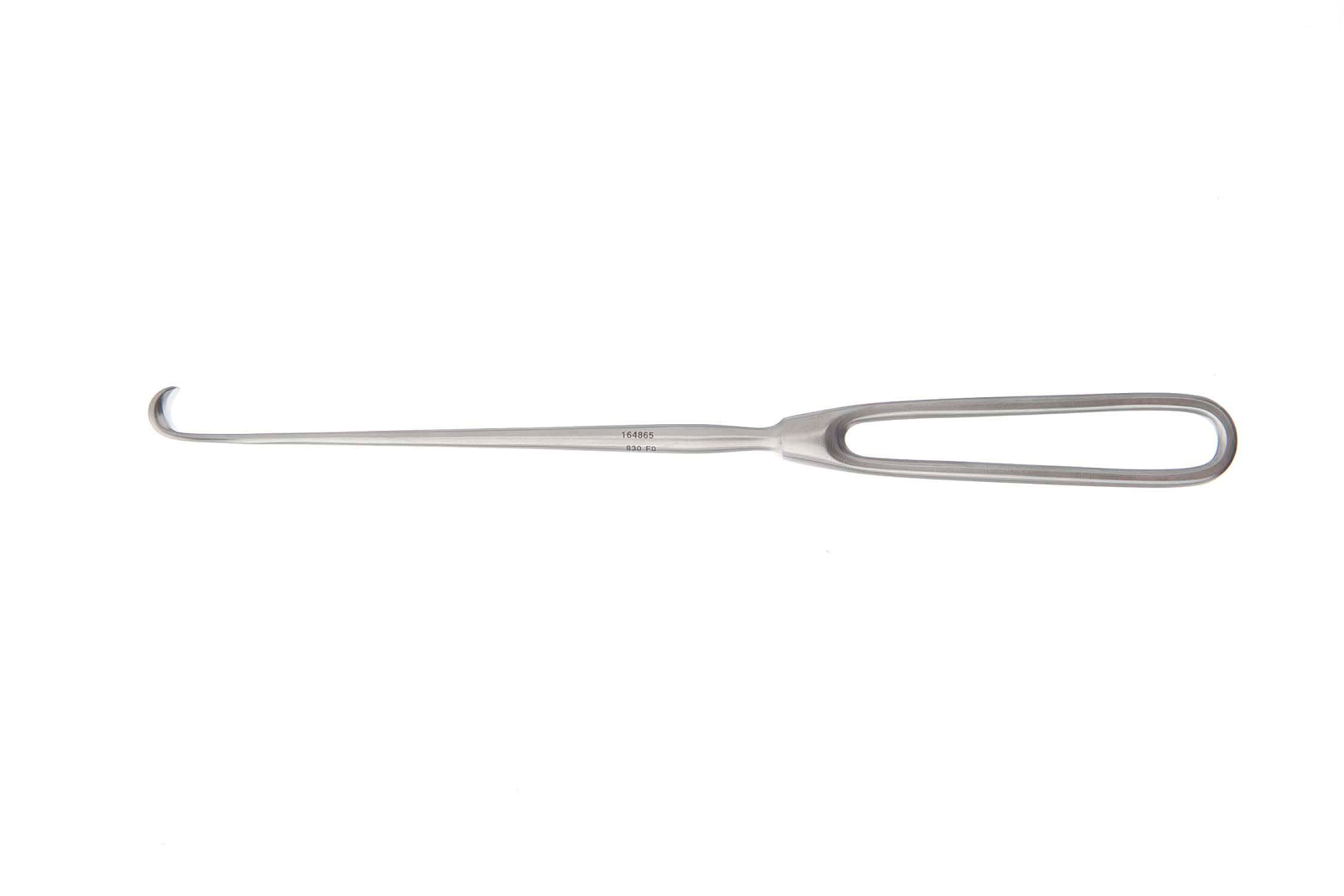
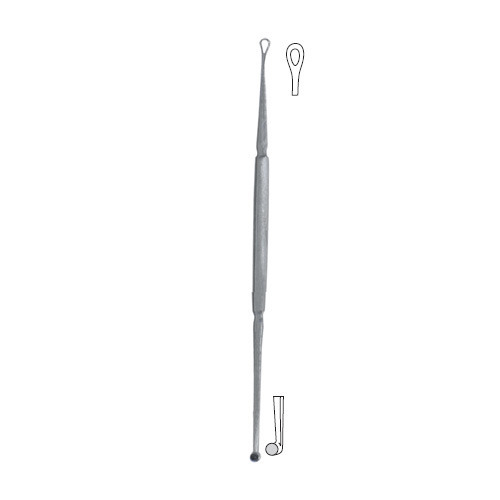
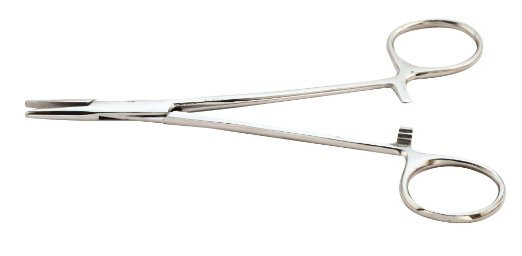
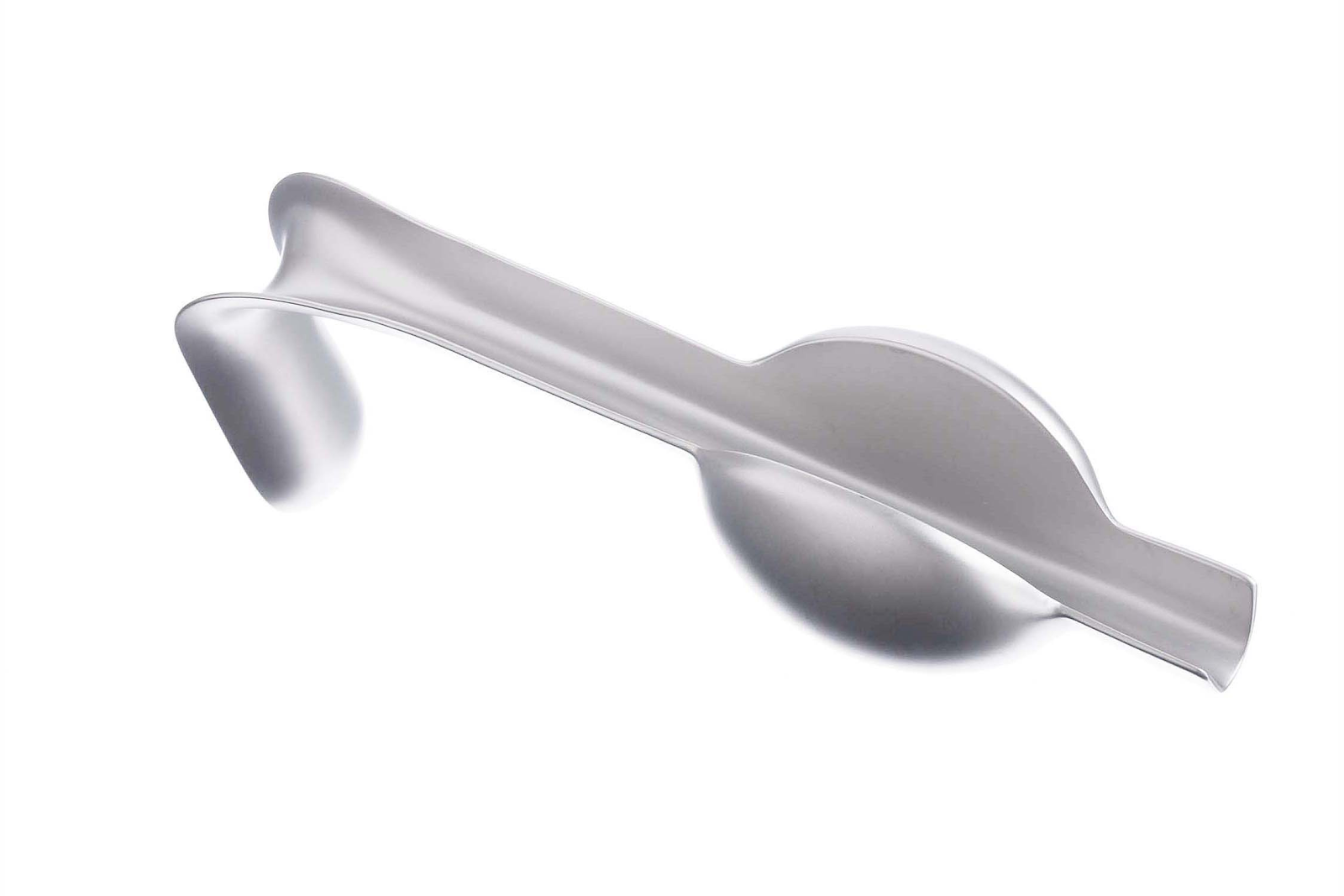
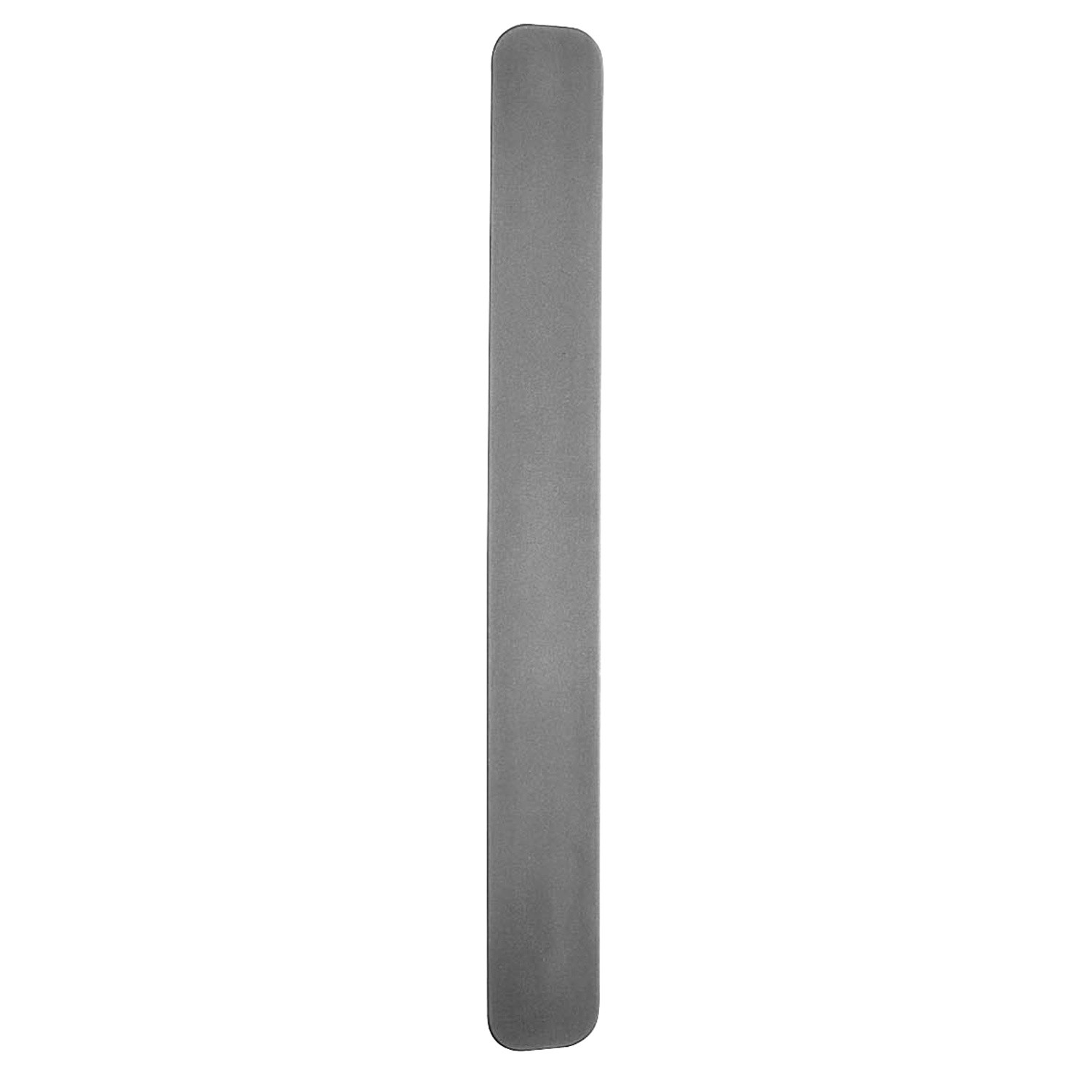
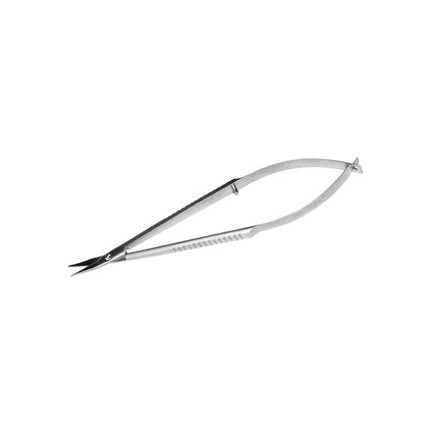
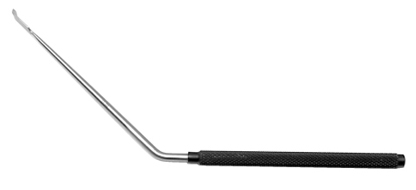


4 thoughts on “100 Common Surgical Instruments and Tools With Names, Uses, Pictures”
Comments are closed.